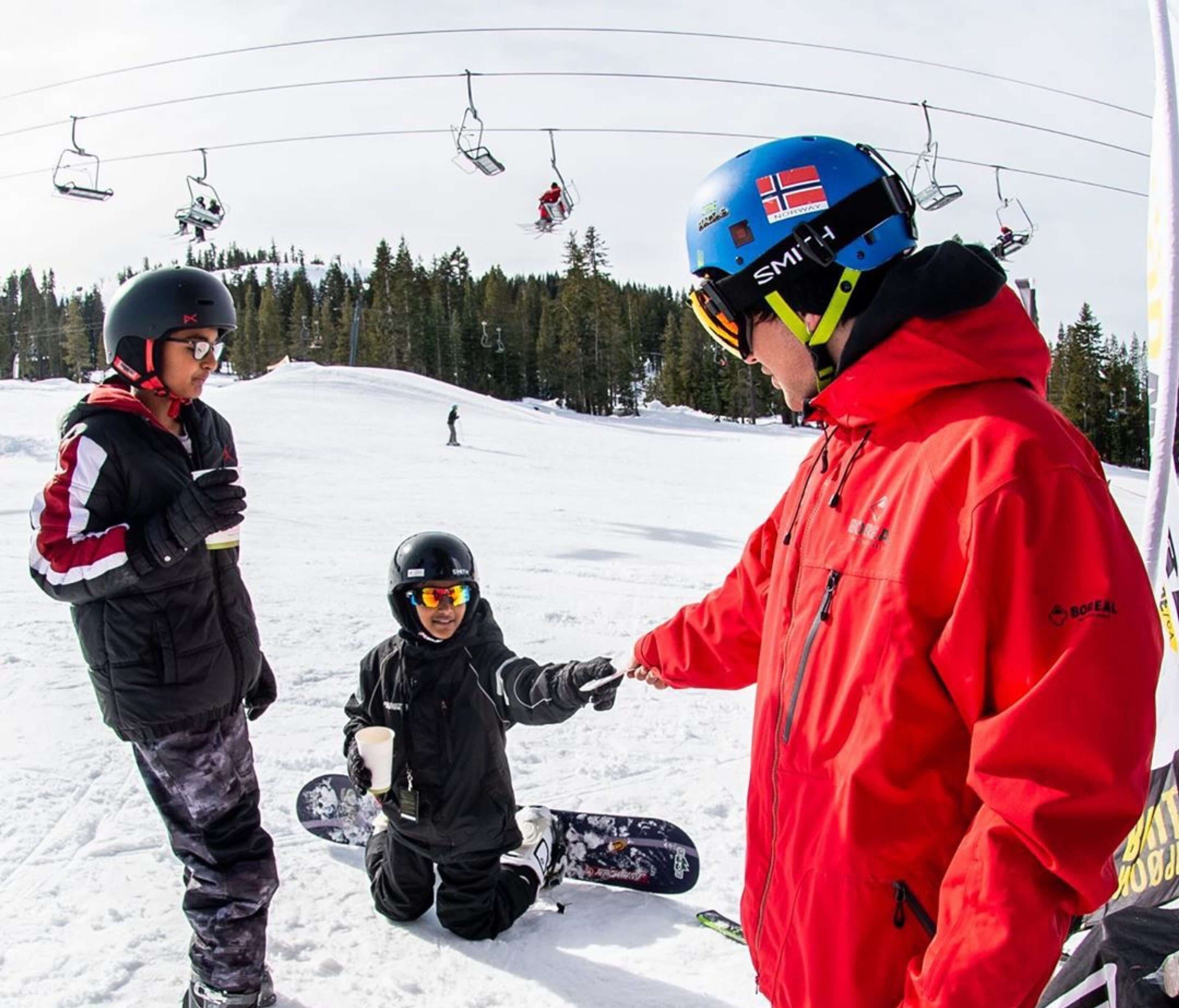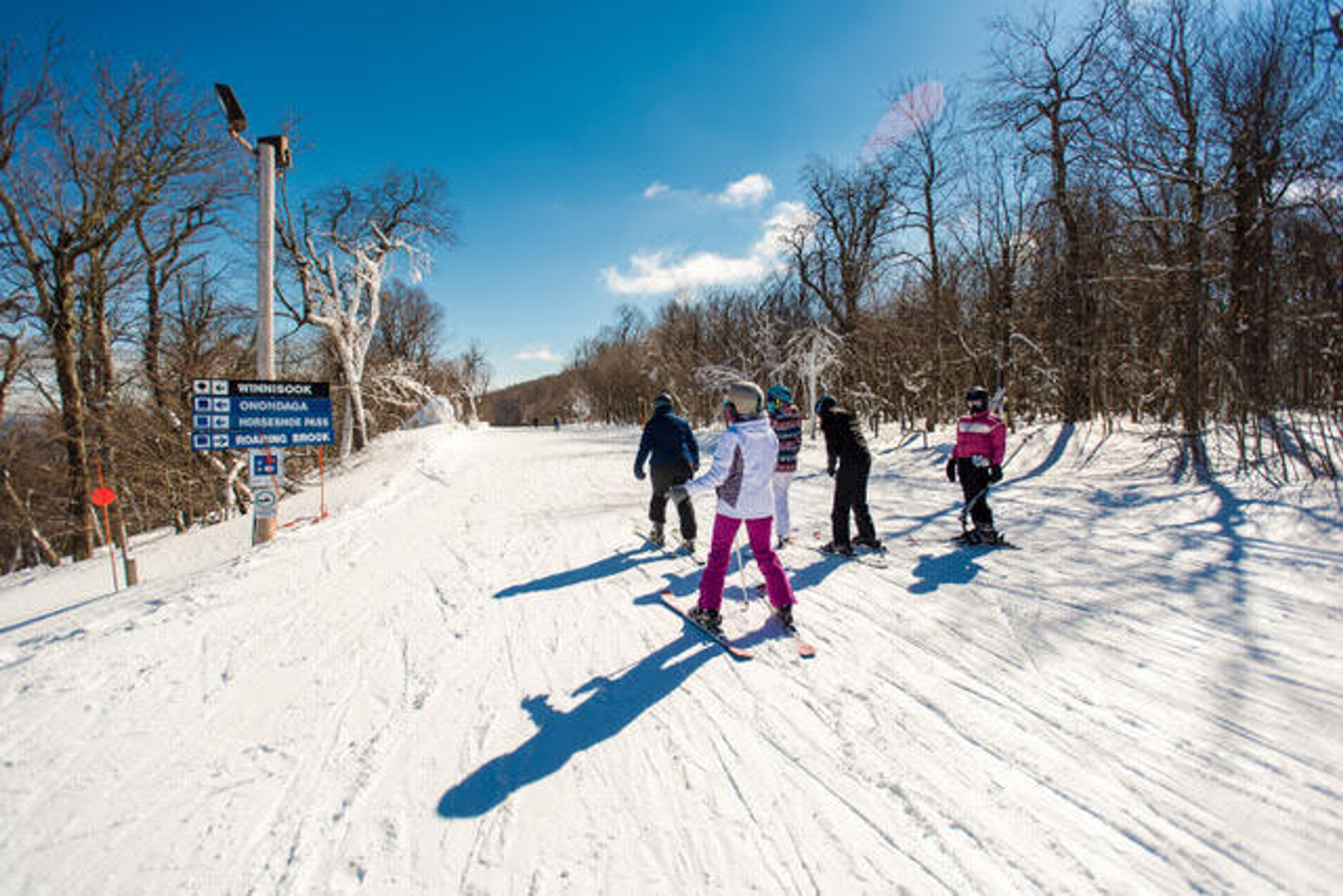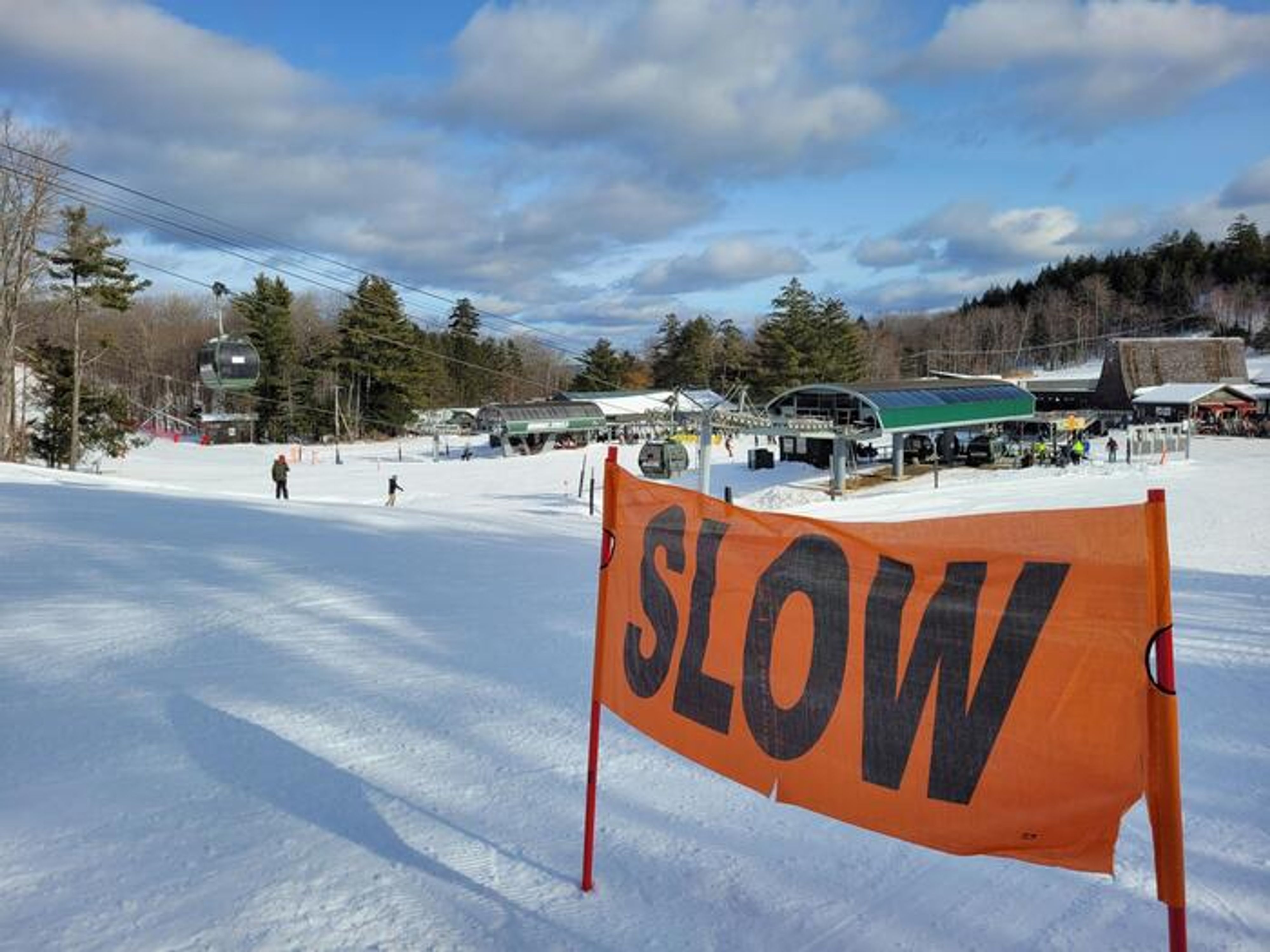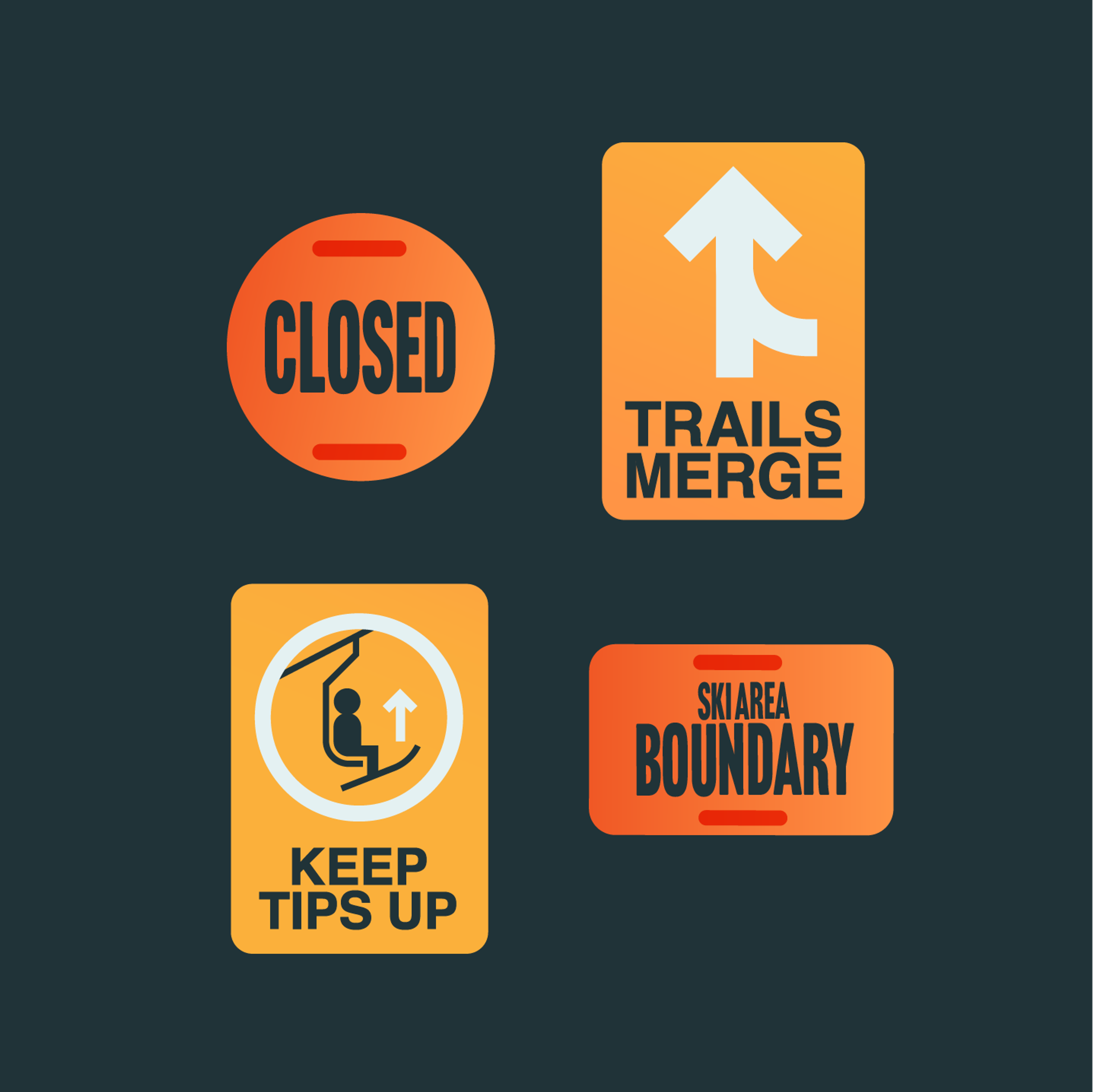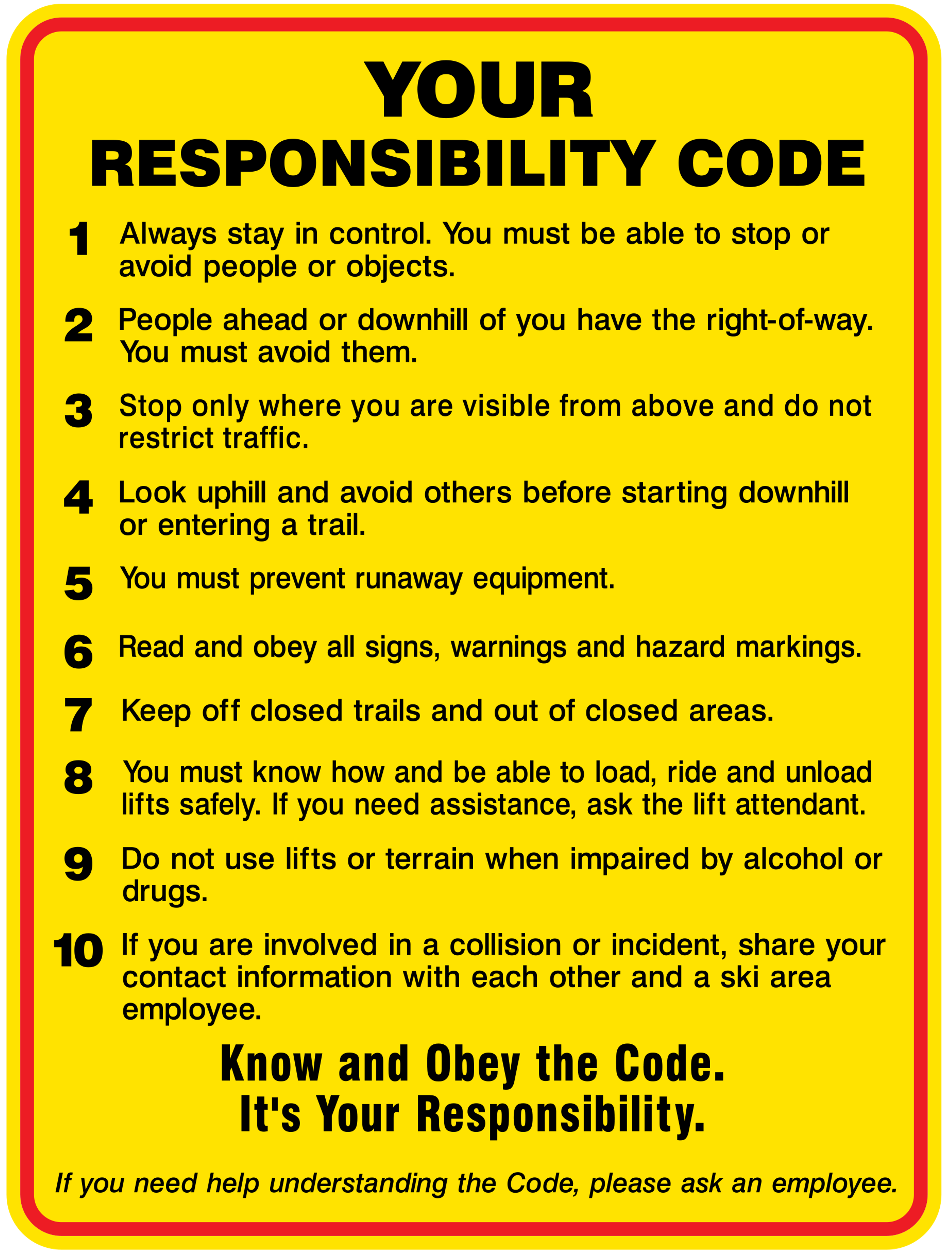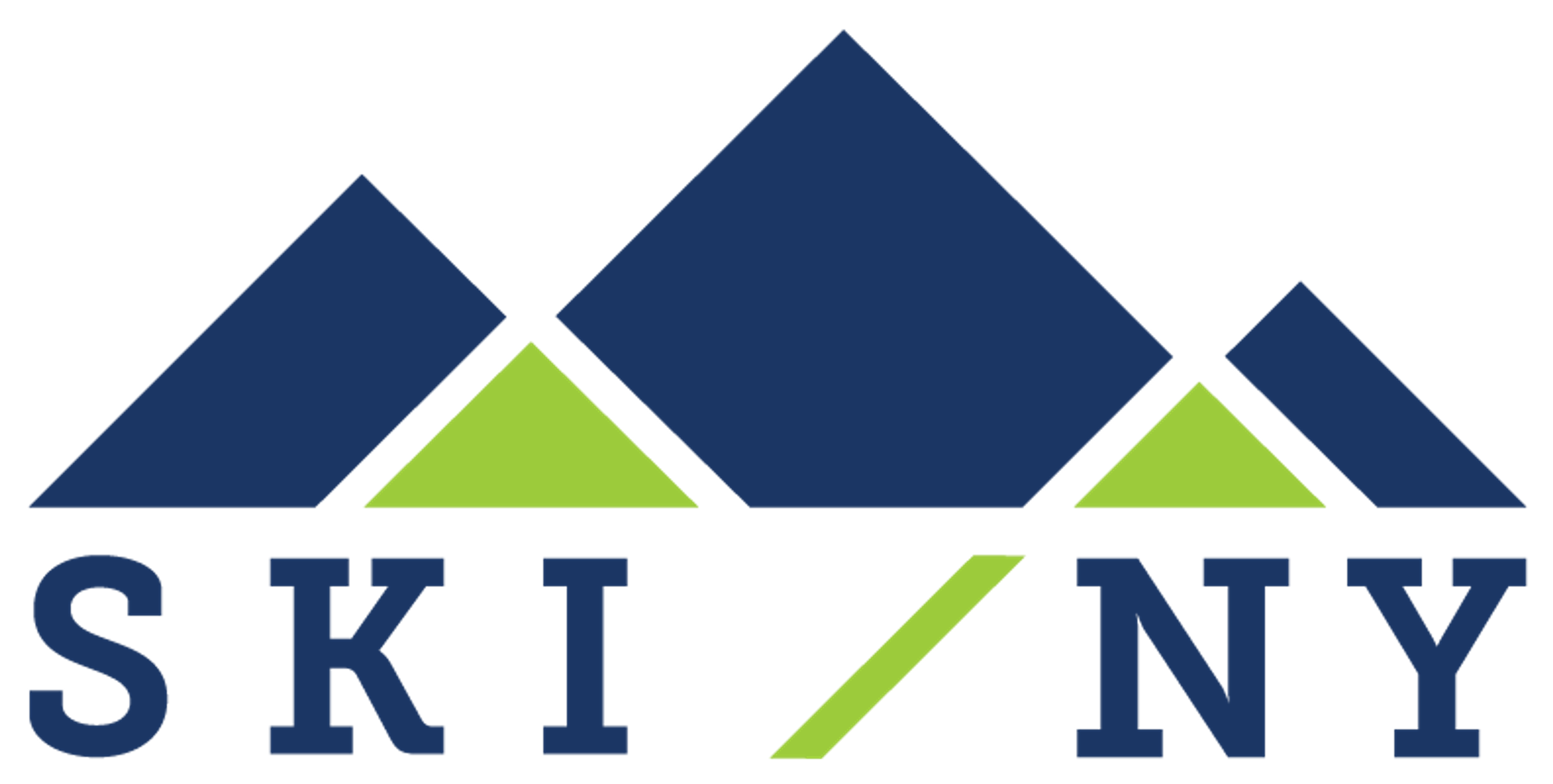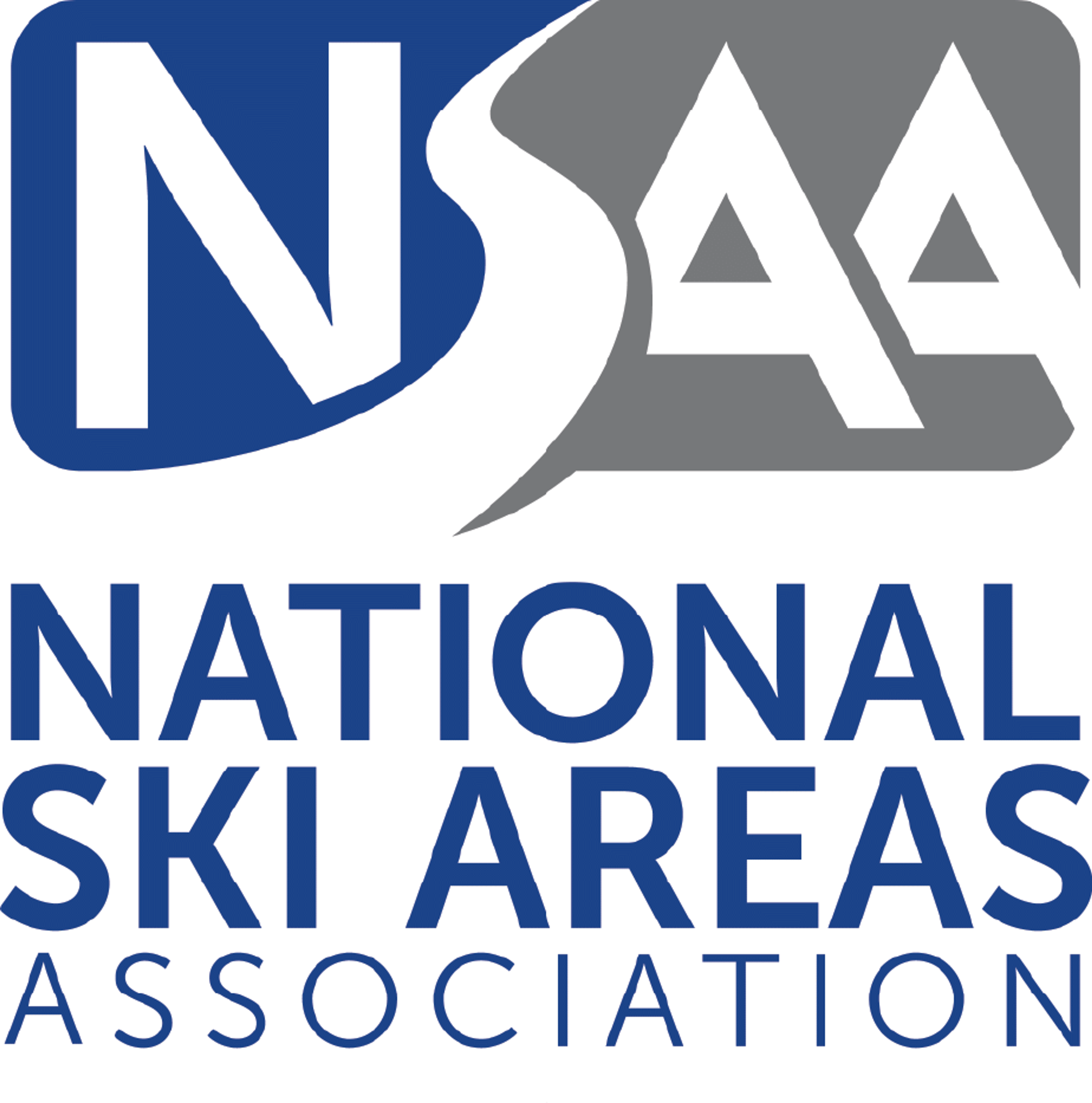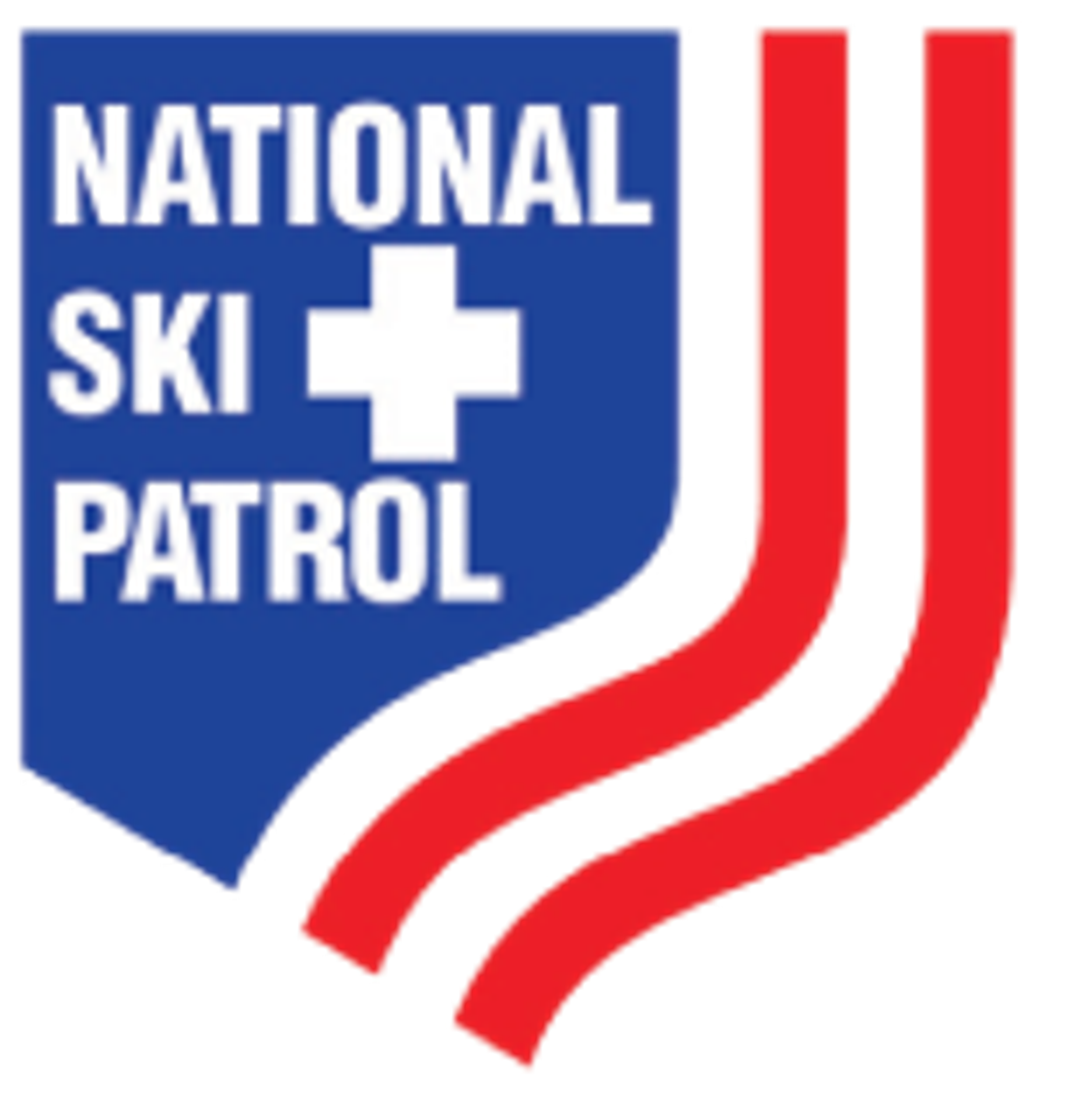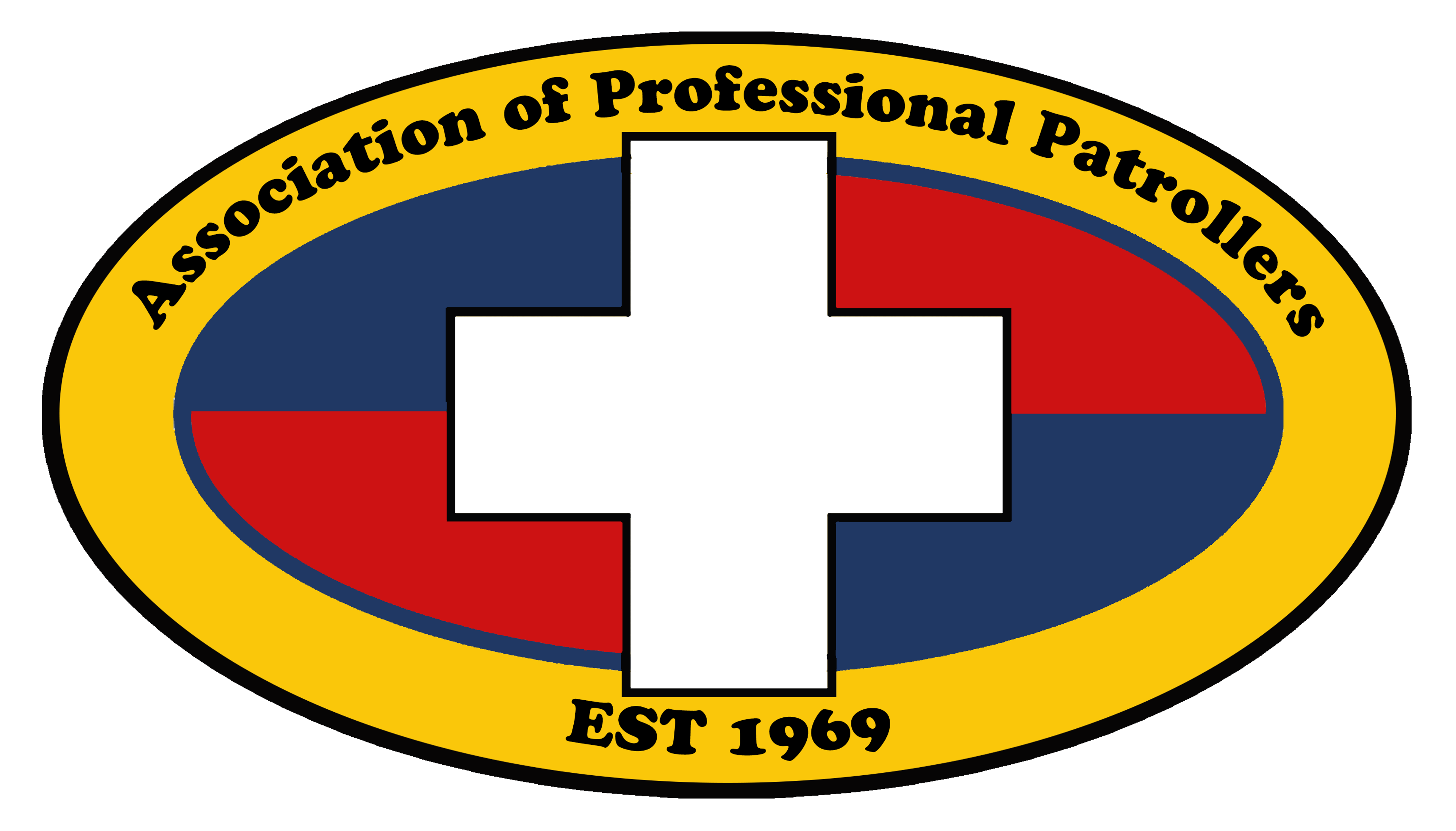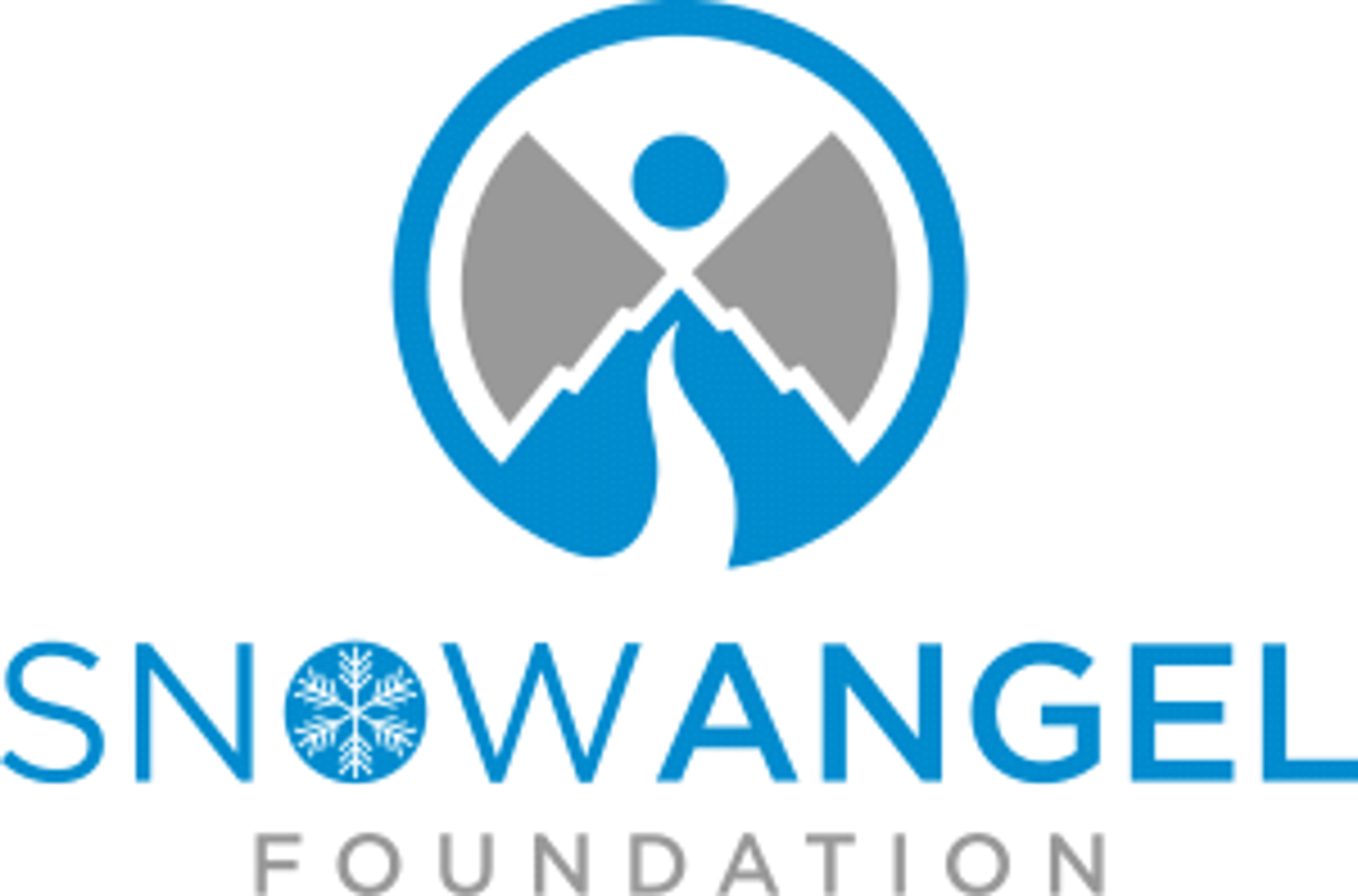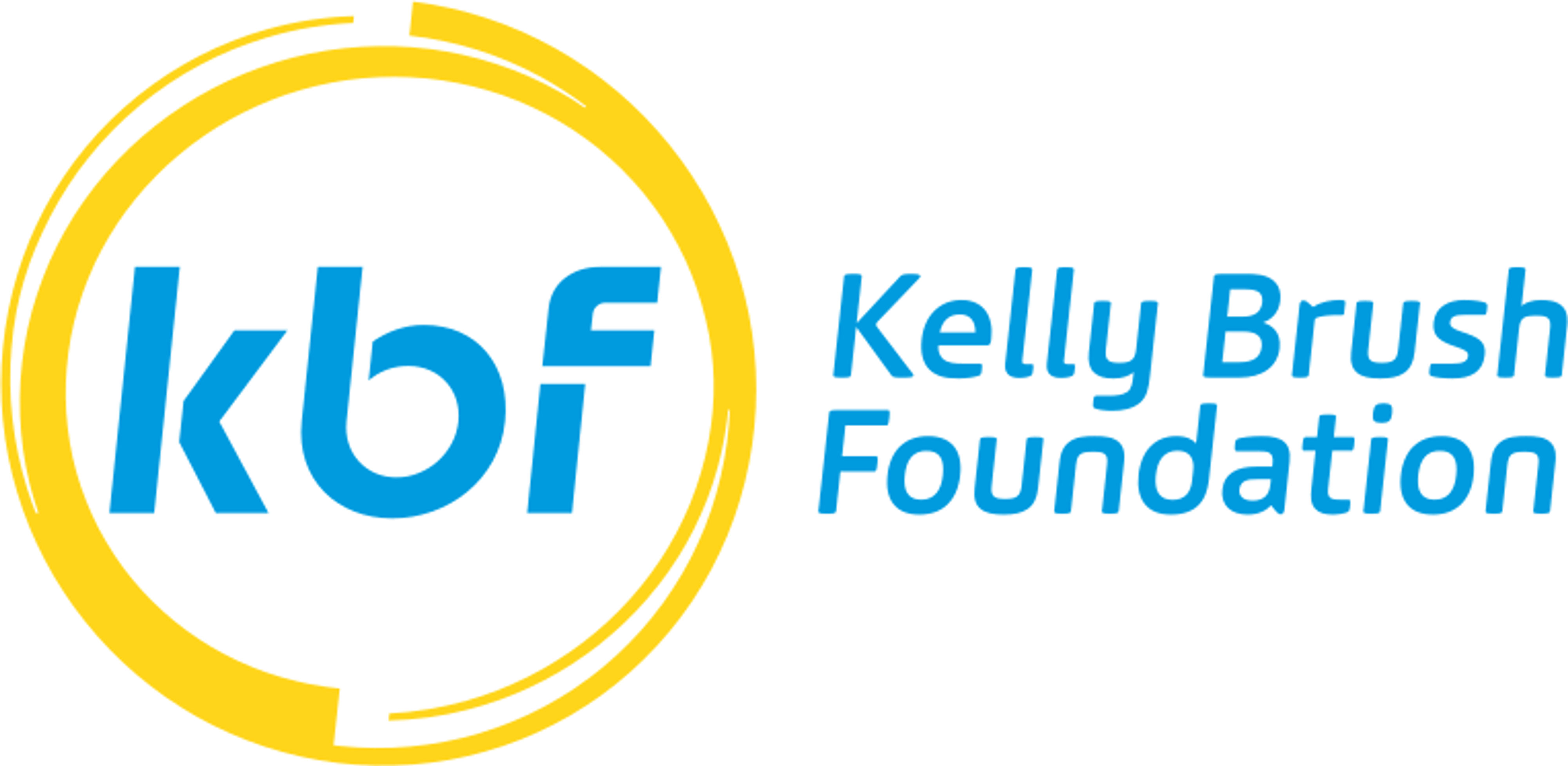


Mountain Safety Guide
Mountain safety is a partnership
SKI NY and its member resorts have adopted the Ski California Mountain Safety Guide to educate our guests on how to ski and snowboard responsibly and safely while having a fun experience. Learning and practicing what is contained in this guide, using common sense, and making good decisions will contribute to your safety and the safety of all guests.
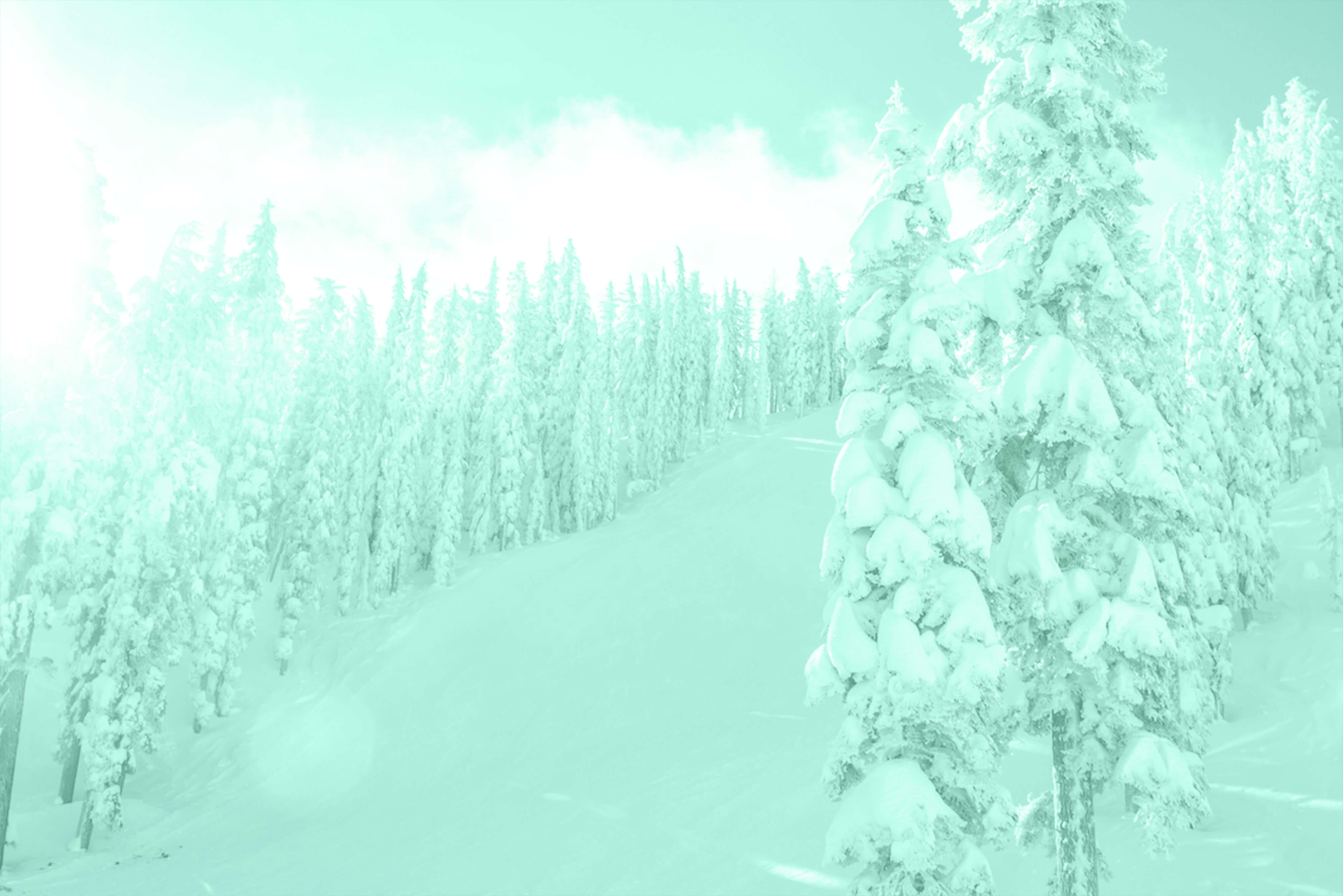
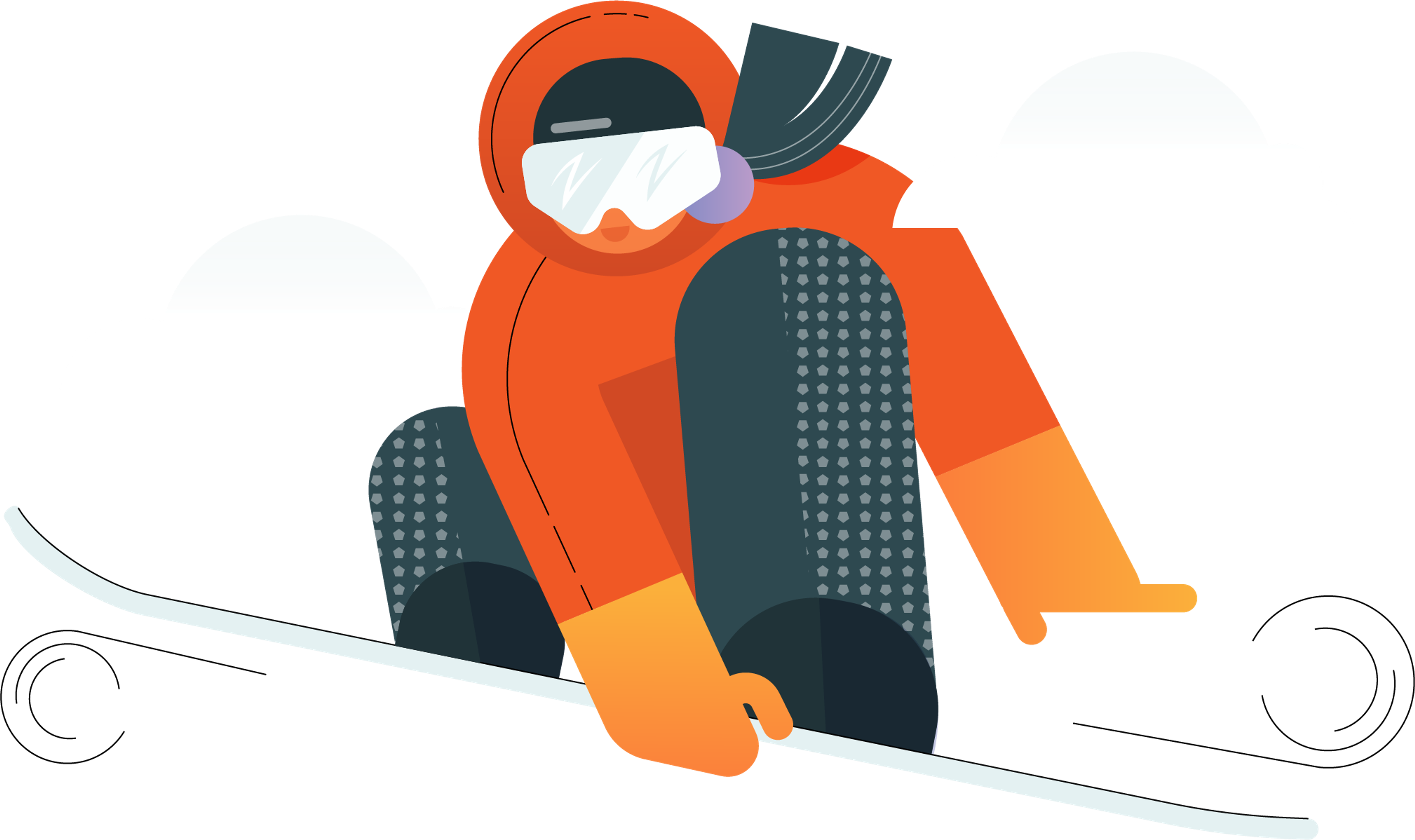
Before you Ski & Ride
So, you’re ready to ski or snowboard. Whether it was family or friends, the beauty of the mountains, or love for outdoor recreation that brought you here, PREPARATION will help your trip to the slopes be both enjoyable and safe.
Your Responsibility Code
Always wear a helmet
Wear a properly fitted helmet with the chin strap securely tightened to help prevent or minimize injuries.
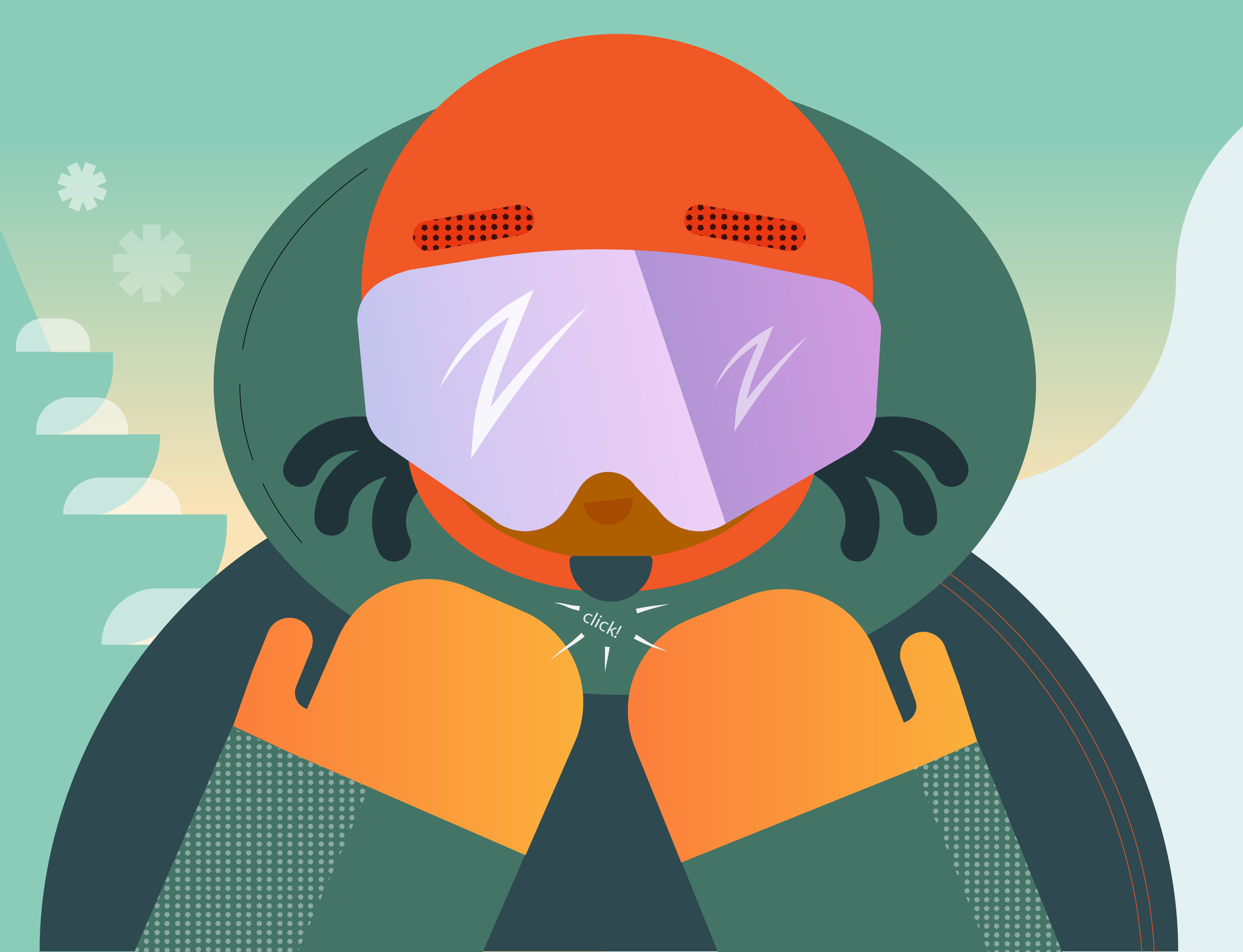
Use properly maintained equipment
Have bindings inspected and correctly adjusted by a certified technician.
Dress for winter
Dress in water– and wind-resistant outerwear and layers to accommodate changing conditions.
Protect yourself from UV rays
Use sunscreen and wear goggles or sunglasses. The sun at altitude is intense, even on cloudy days.
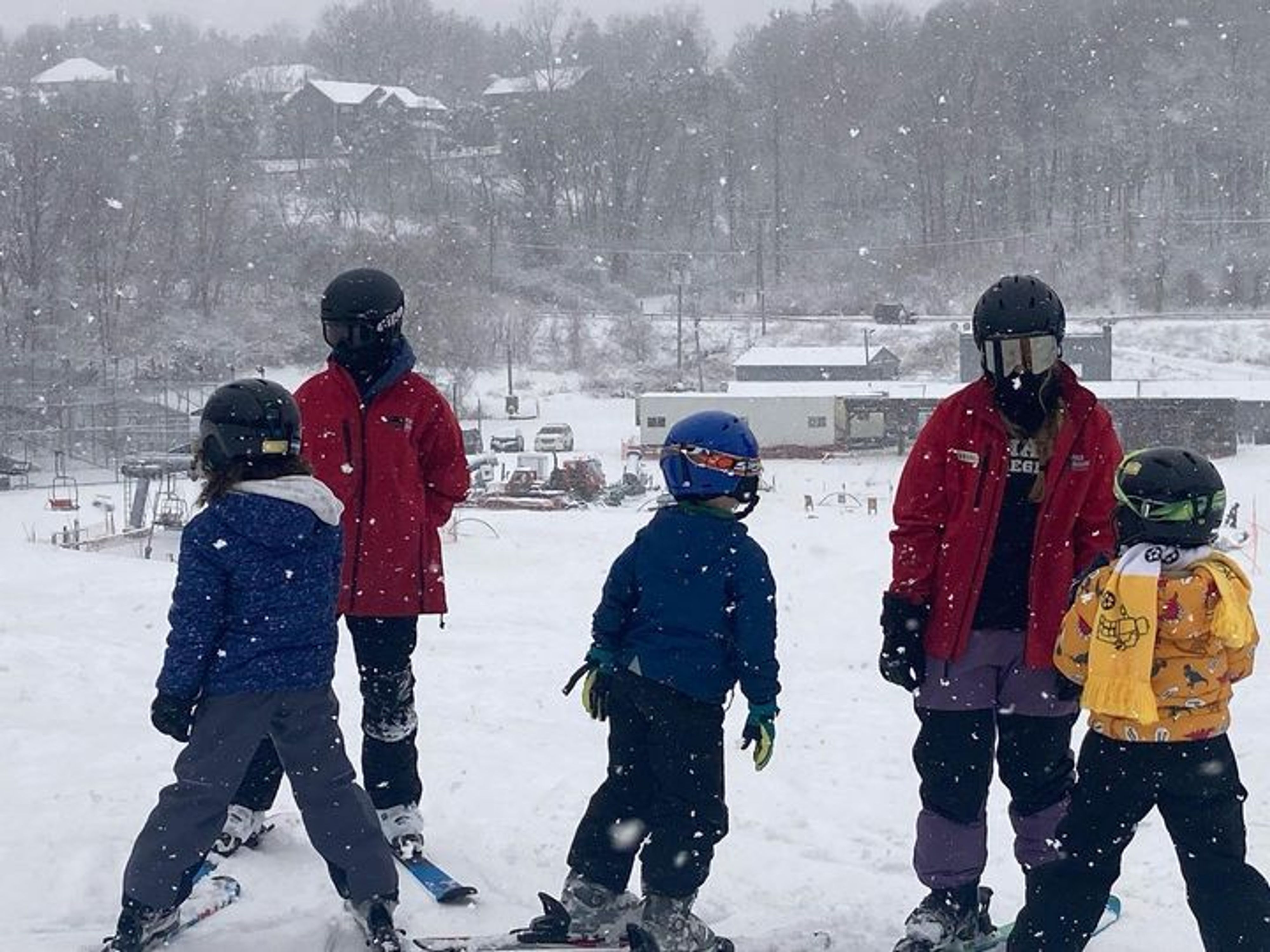
Take a lesson
Every experience level can benefit from professional instruction.
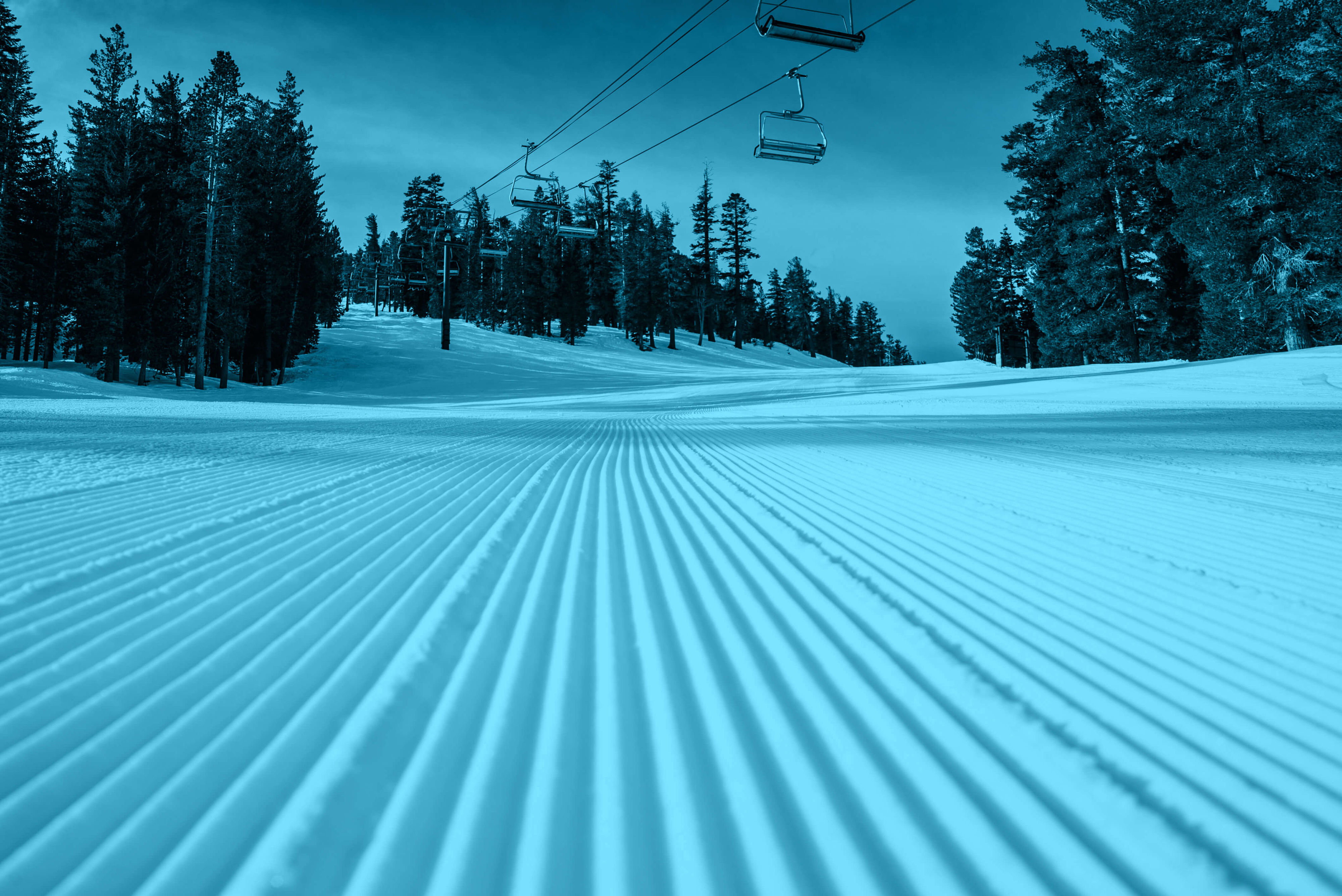
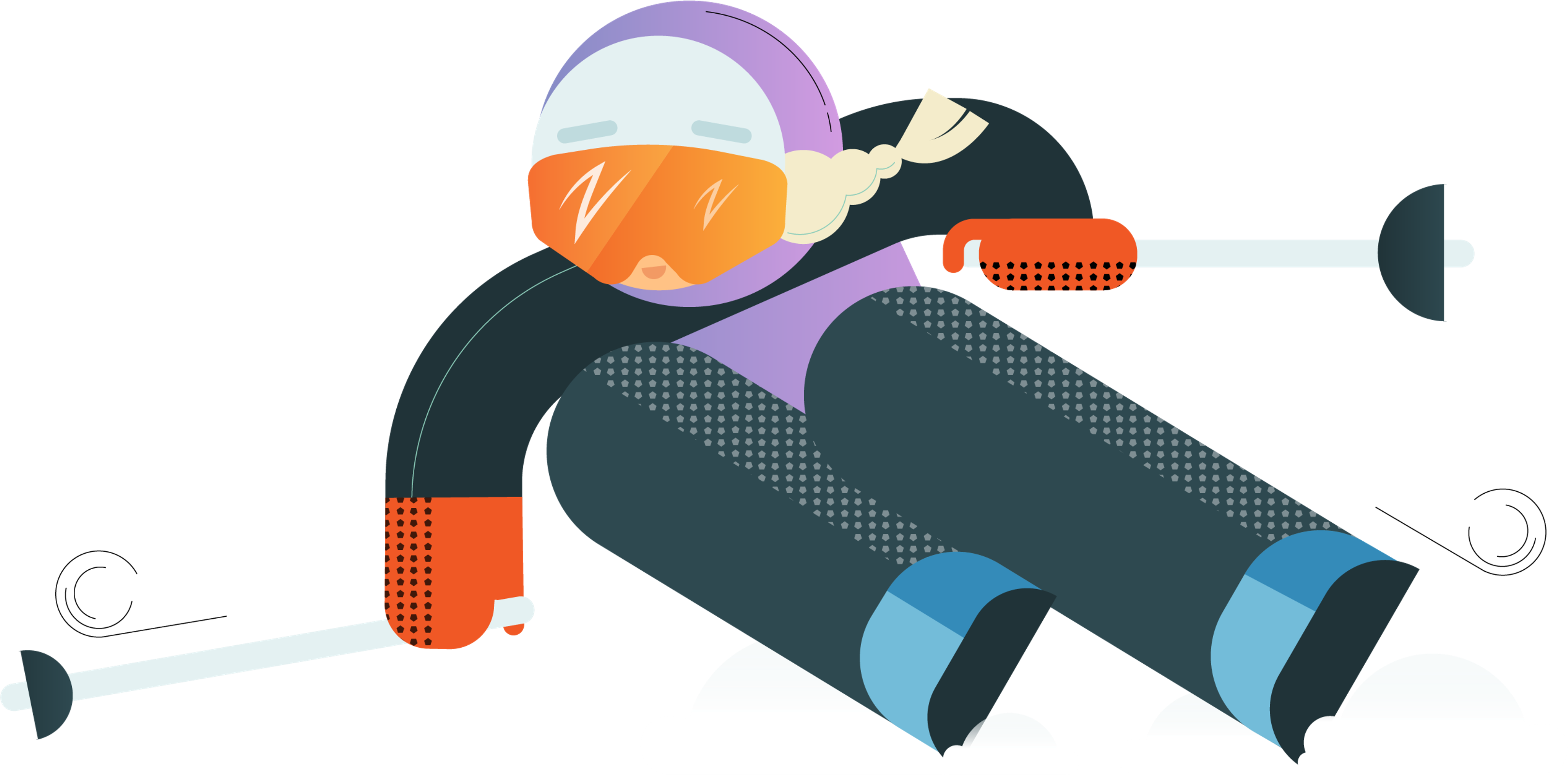
On The Slopes
Skiing and snowboarding are active and exciting outdoor sports with inherent risks that cannot be eliminated, including the risk of serious injury and death. Because of these risks, it is YOUR responsibility to be aware of your surroundings, the conditions, and your ability.
Ski or Ride in Control
Be aware of your surroundings at all times. Ski or ride at a speed you are able to safely stop and avoid others and objects you may encounter.
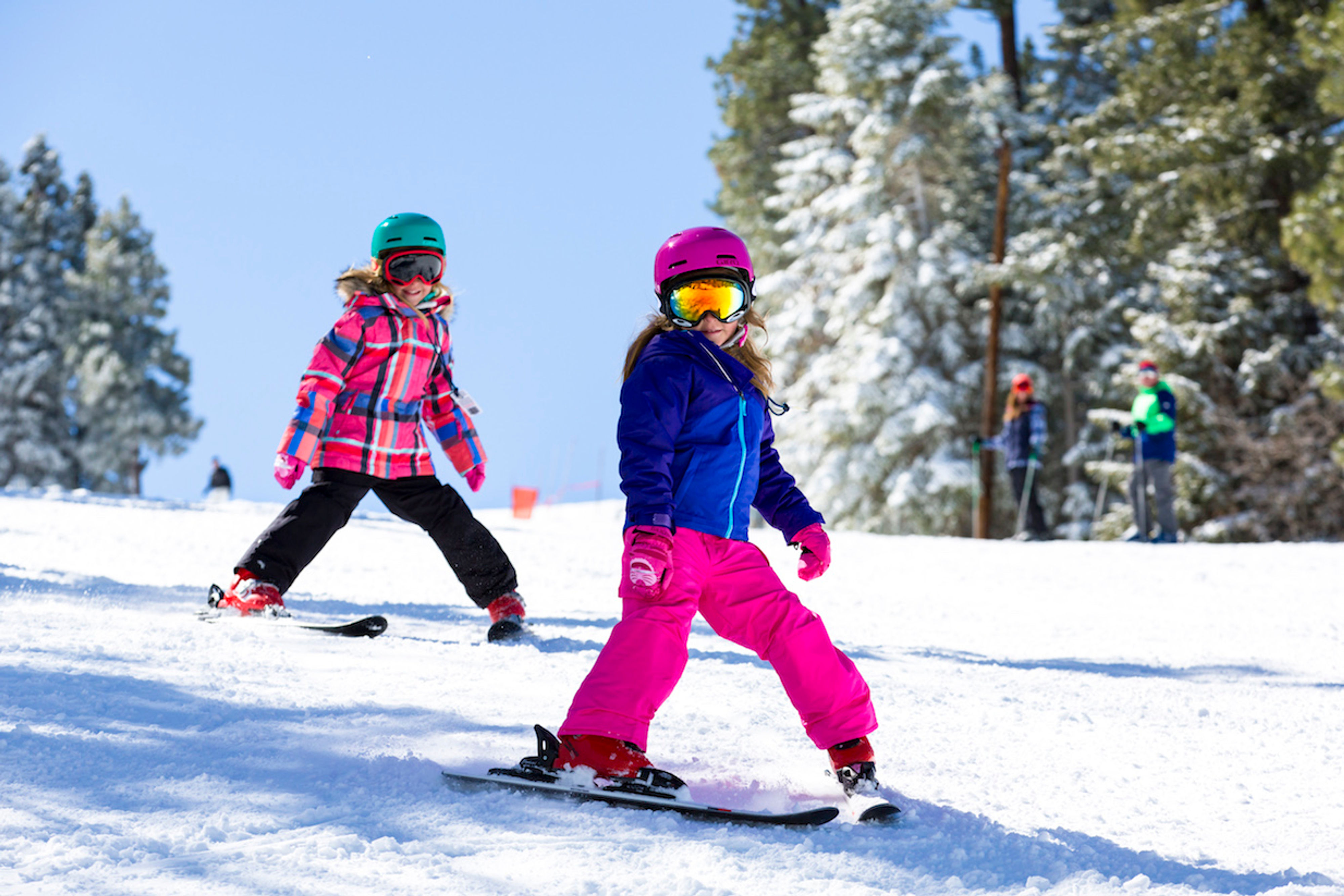
Do Not Enter Closed Areas
Ropes and closures are in place for your safety.
Look Out for Hazards and Obstacles
Both natural and man-made. Resorts may use poles, flags, discs, ropes, fencing, signs, and other devices to provide visual warnings. No resort can mark all hazards and obstacles. Be aware of changing conditions.
Look Out for Over-Snow Vehicles
They may be on the slopes heading uphill or downhill, so stay clear of them at all times.
Preventing Collisions
Tips for Avoiding Collisions
Complementing the Responsibility Code and it's 10 tenets, #RideAnotherDay promotes 3 actions every skier and rider can take to help keep themselves and those around safer on the slopes.
Be Ready
Be ready to slow down or avoid objects or other people at any time.
Ski and ride in such a way that you are always able to control yourself regardless of conditions and avoid others and objects you may encounter on the run, groomed or otherwise.
Stay Alert
Stay alert to what’s going on around you, especially other skiers and riders.
Being aware of those around and changing conditions will help you have a fun and safe day on the hill.
Plan Ahead
Ease up at blind spots, check uphill when merging onto trails, and give other skiers plenty of room when passing.
Look out for spots on the run where traffic merges or you can't see what's coming next. If you are unfamiliar with a run, take it easy the first time down it and make note of places where you'll want to slow down, such as cat tracks and rollers.
Also, give other skiers and riders lots or room, especially if you are passing them. There's plenty of space out there, so there's no need to crowd each other.
By doing these three things every run, you'll be helping keep the slopes safe and enjoyable, for you and everyone else.
Mountain Signage
Maps and mountain signs contain information that can help you find trails and lifts, know when trails merge or if terrain is closed, learn where slow skiing and riding is required, and locate ski patrol and other mountain services.
All signs, fences, pads, equipment covers, poles, and other markings exist to warn you of potential obstacles or hazards. They will not protect you from injury. It is your responsibility to avoid them.
Trail difficulty ratings are relative to each resort’s specific terrain and rating systems do vary by resort (e.g., a "black diamond" for more difficult intermediate runs), so guests should always be aware of a particular resort's rating system. Work your way up from easier to more difficult trails. When in doubt about a trail or what type of terrain a lift serves, ask resort staff for guidance.
Trail rating symbols indicate the difficulty level of terrain. Here’s what they mean:
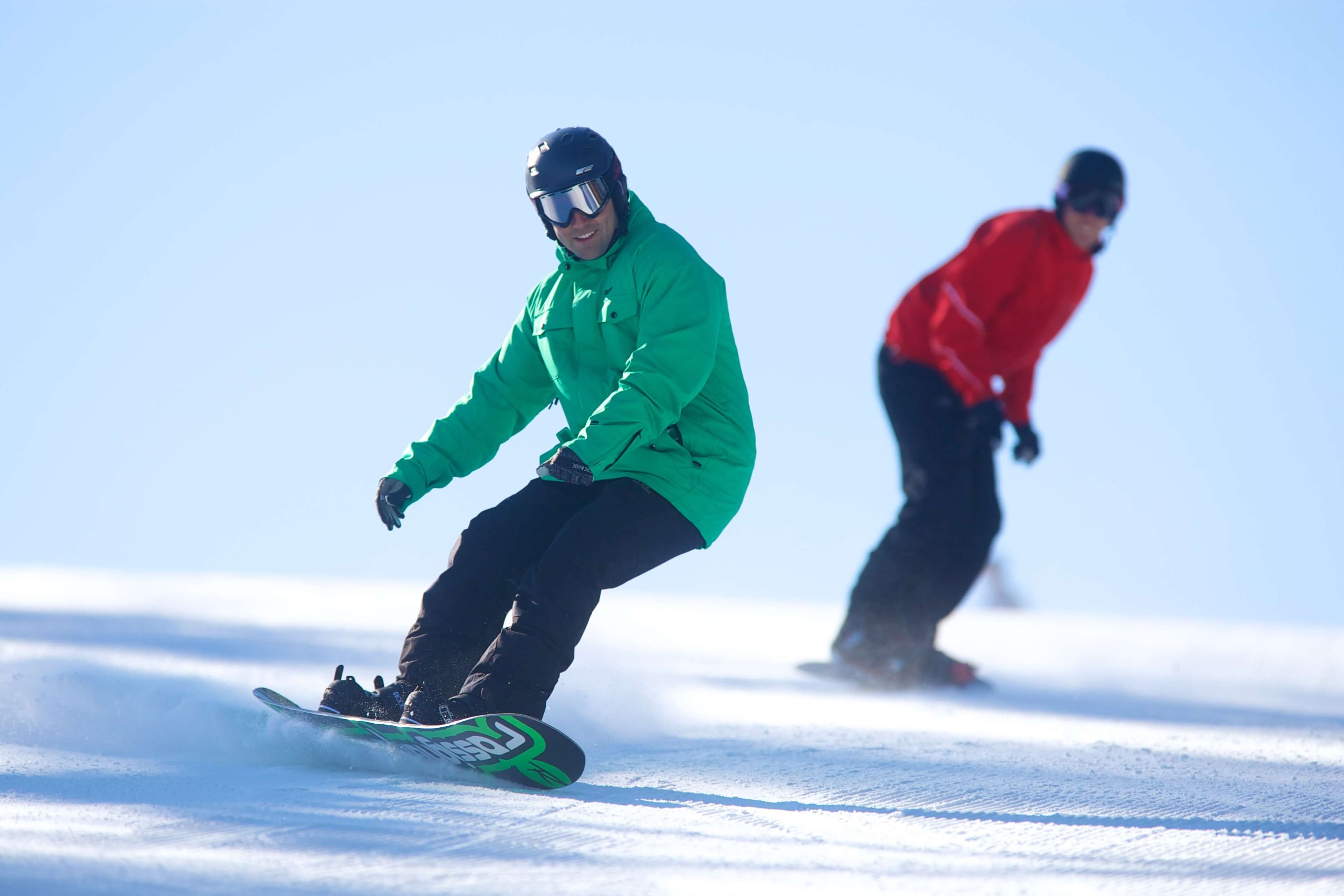
 Green Circle
Easier
Green Circle
Easier
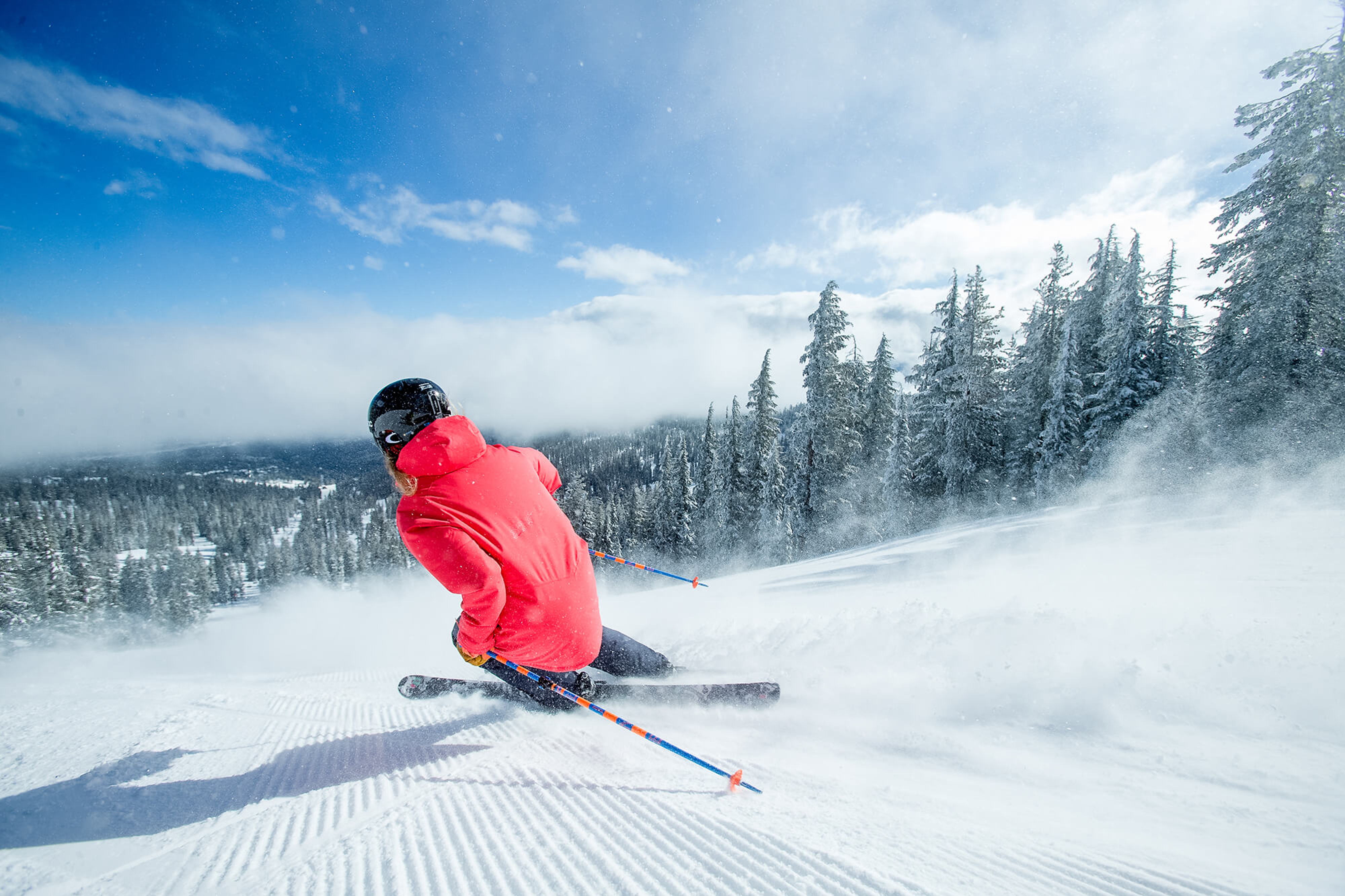
 Blue Square
More Difficult
Blue Square
More Difficult
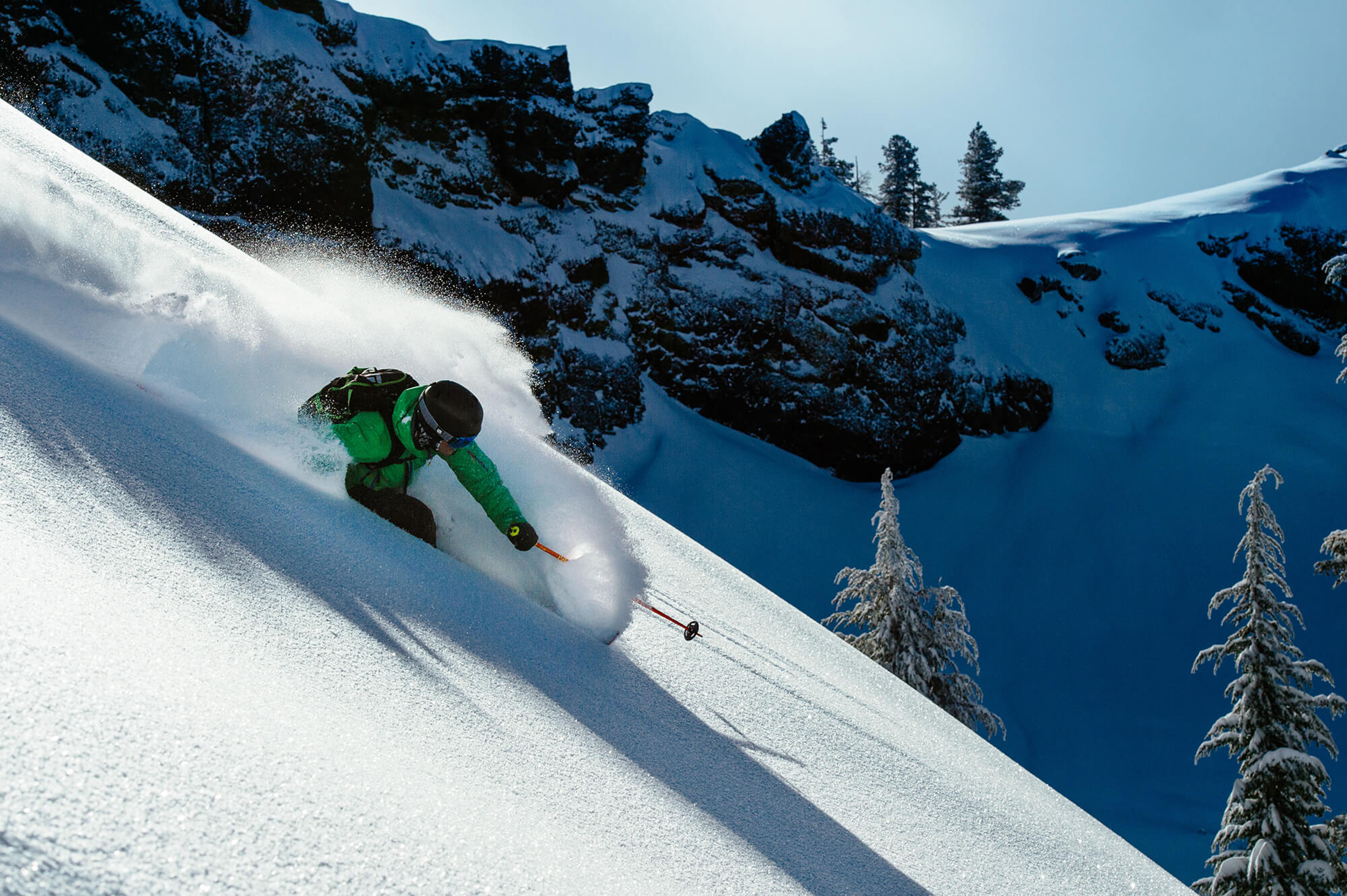
 Black Diamond
Most Difficult
Black Diamond
Most Difficult
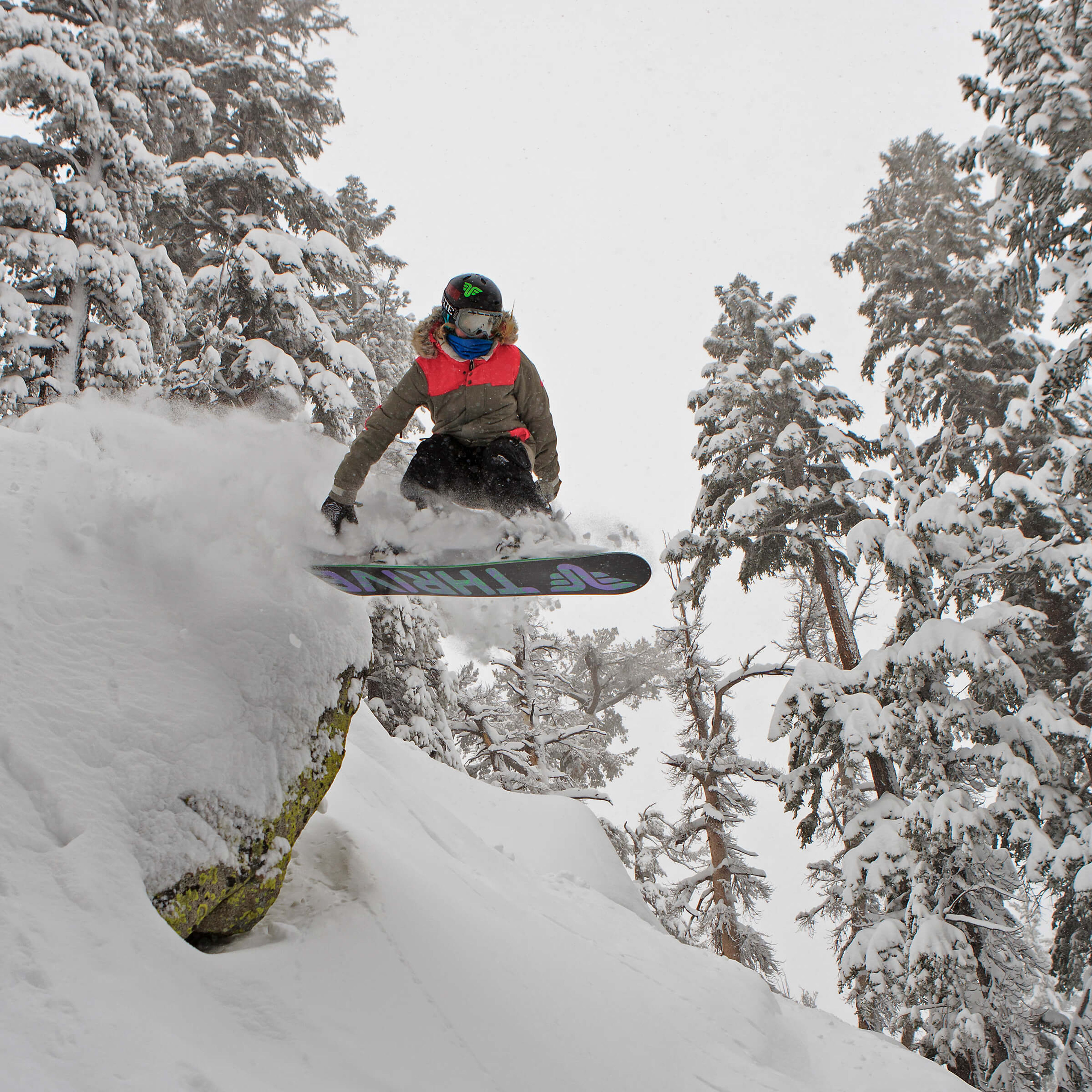
 Double-Black Diamond
Experts Only
Double-Black Diamond
Experts Only
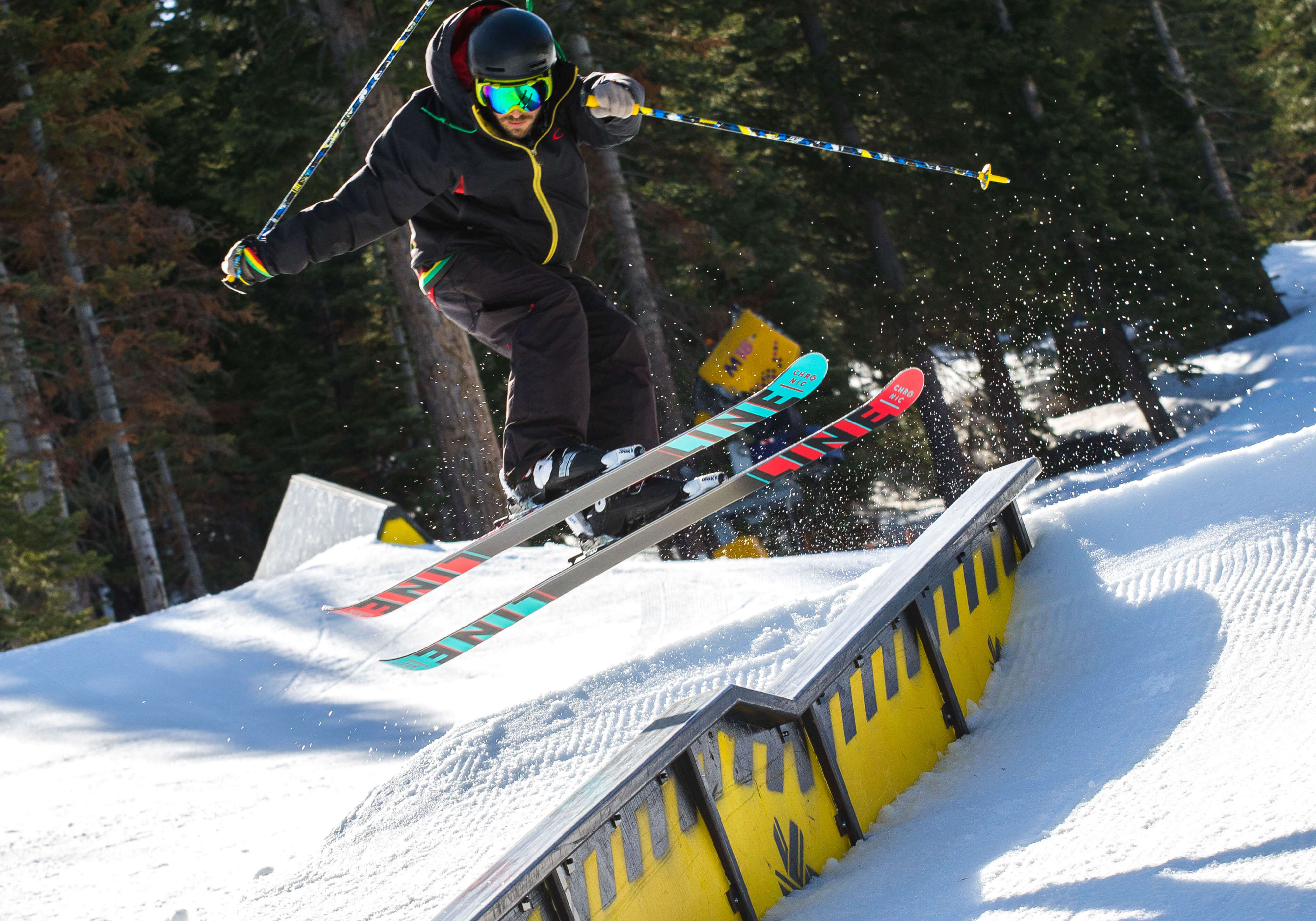
 Orange Oval
Freestyle Terrain
Orange Oval
Freestyle Terrain
Get to Know New York State Ski Code
Learn more about New York State Ski Code at www.iskiny.com/ski-ride/nys-ski-code
WARNING TO SKIERS: Downhill skiing, like many other sports, contains inherent risks including, but not limited to the risk of personal injury, including catastrophic injury, or death, or property damage, which may be caused by variations in terrain or
weather conditions; or, surface or subsurface snow, ice, bare spots or areas of thin cover, moguls, ruts, bumps, or other persons using the facilities; or rocks, forest growth, debris, branches, trees, roots, stumps; or other natural objects or man-made objects that are incidental to the provision or maintenance of a ski facility in New York State.
New York law imposes a duty on you to become apprised of and understand the risks inherent in the sport of skiing, which are in this subdivision, so that you make an informed decision of whether to participate in skiing notwithstanding the risks.
New York also imposes additional duties upon you, to which you must adhere, for the purpose of avoiding injury caused by any of the risks inherent in skiing. If you are not willing to assume all of these risks and abide by these duties, you must not participate in skiing at this area.
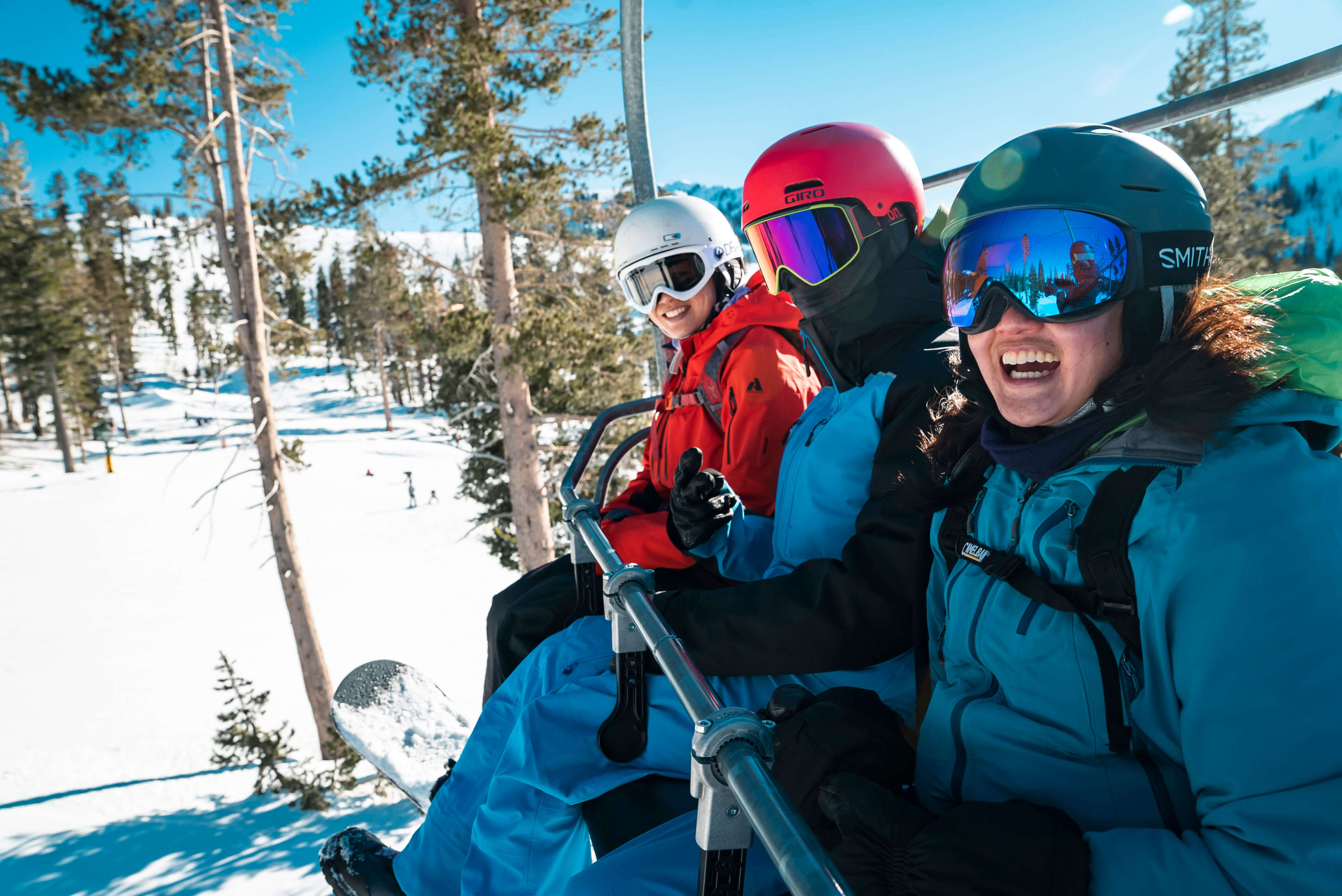
Lift Safety
Lift incidents are almost always avoidable. It's important (and part of Your Responsibility Code) to know how to load, ride and unload all lifts safely.
Loading
Riding
Unloading
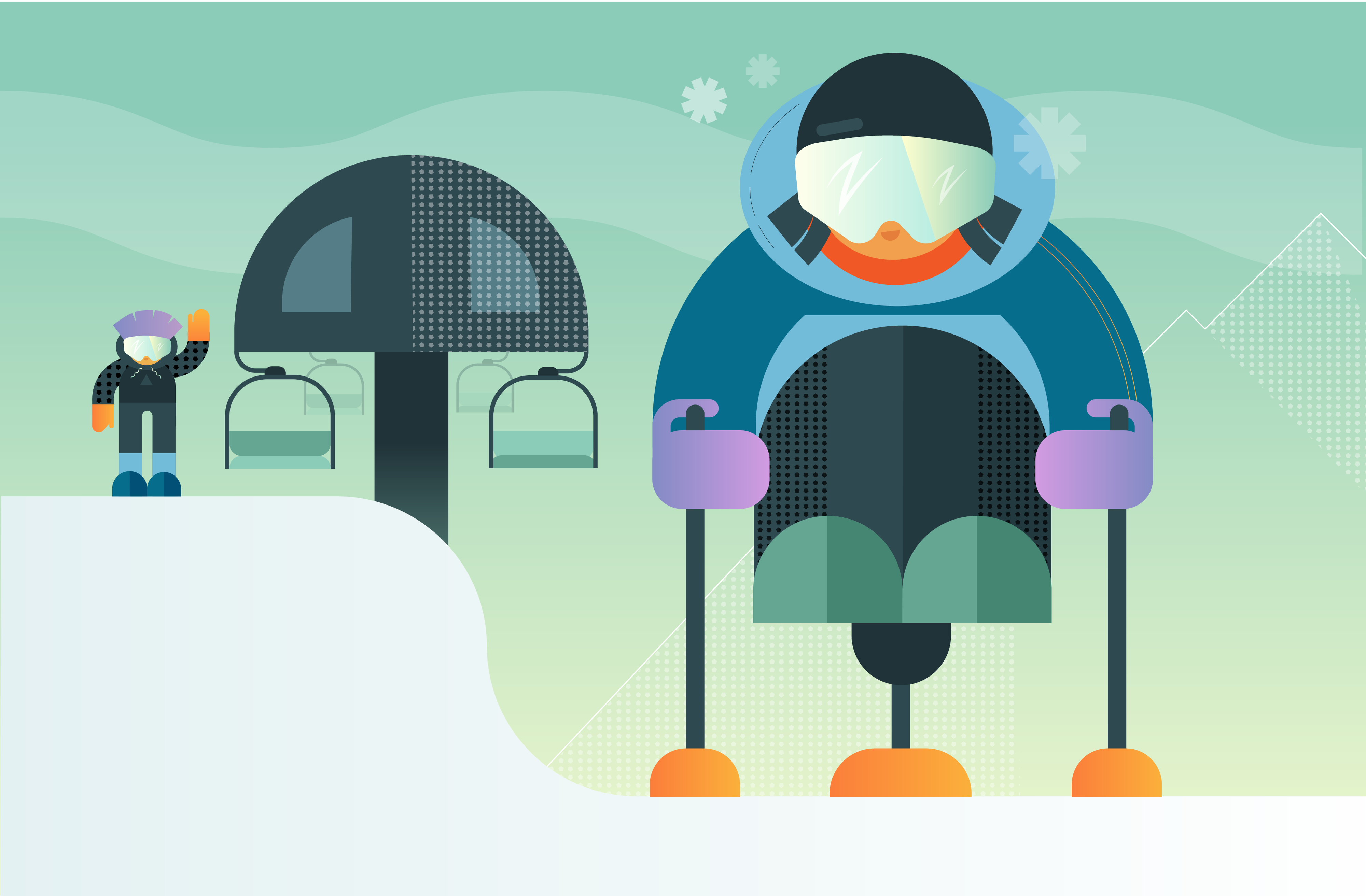
If you need assistance or there is a problem, SPEAK UP, and tell a lift operator.
Be a Safe Skier - Know The law
Know Lift Safety in New York State.
Click below to read the law governing passenger tramways in New York State.
Terrain Parks
Terrain parks offer unique challenges and risks. Every park is different and it is important to use features that meet your ability. All users should educate themselves on Park SMART.
Parents, make sure you understand Park SMART and ensure your kids are educated on the proper use of terrain parks and their features.
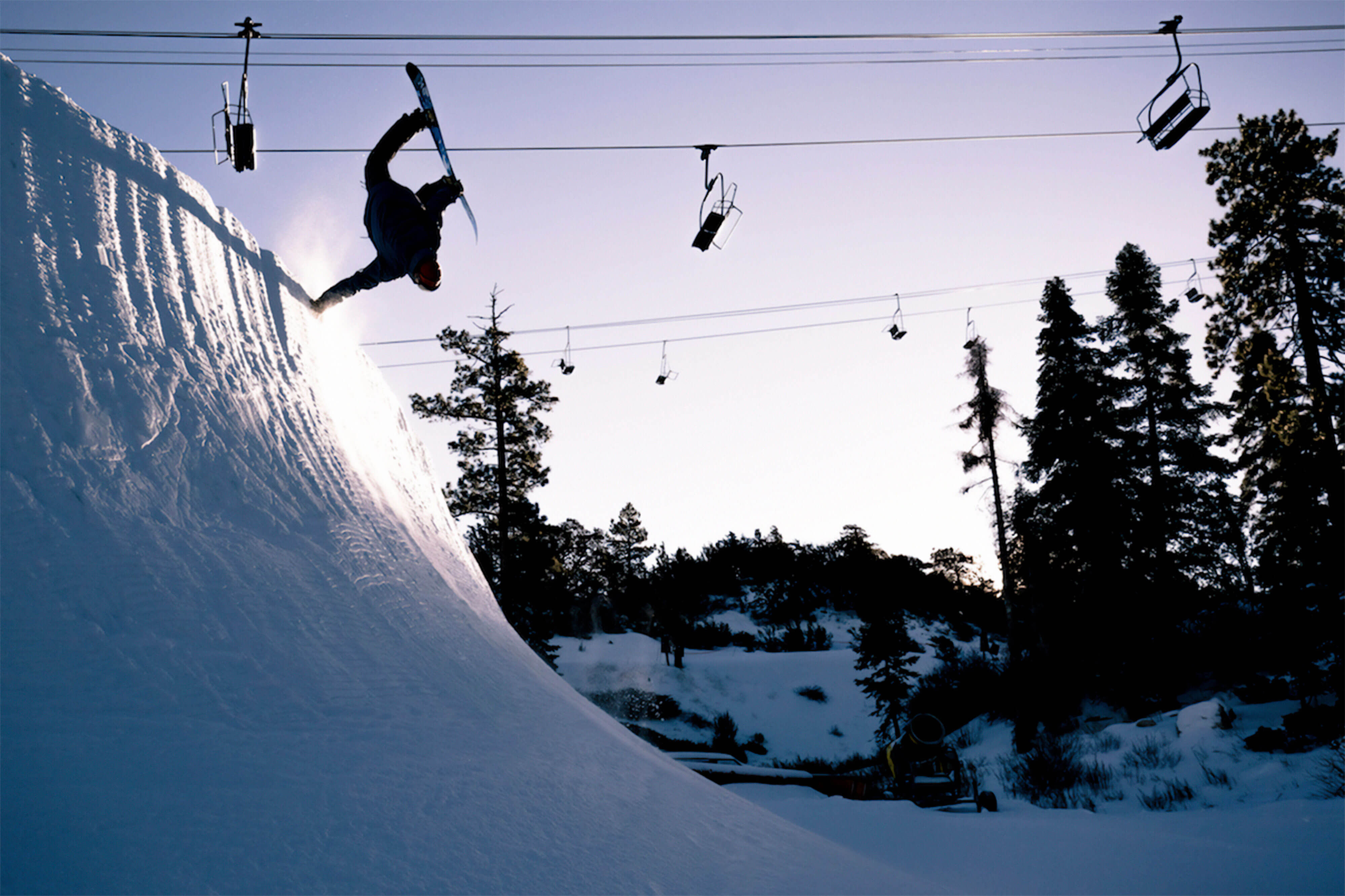
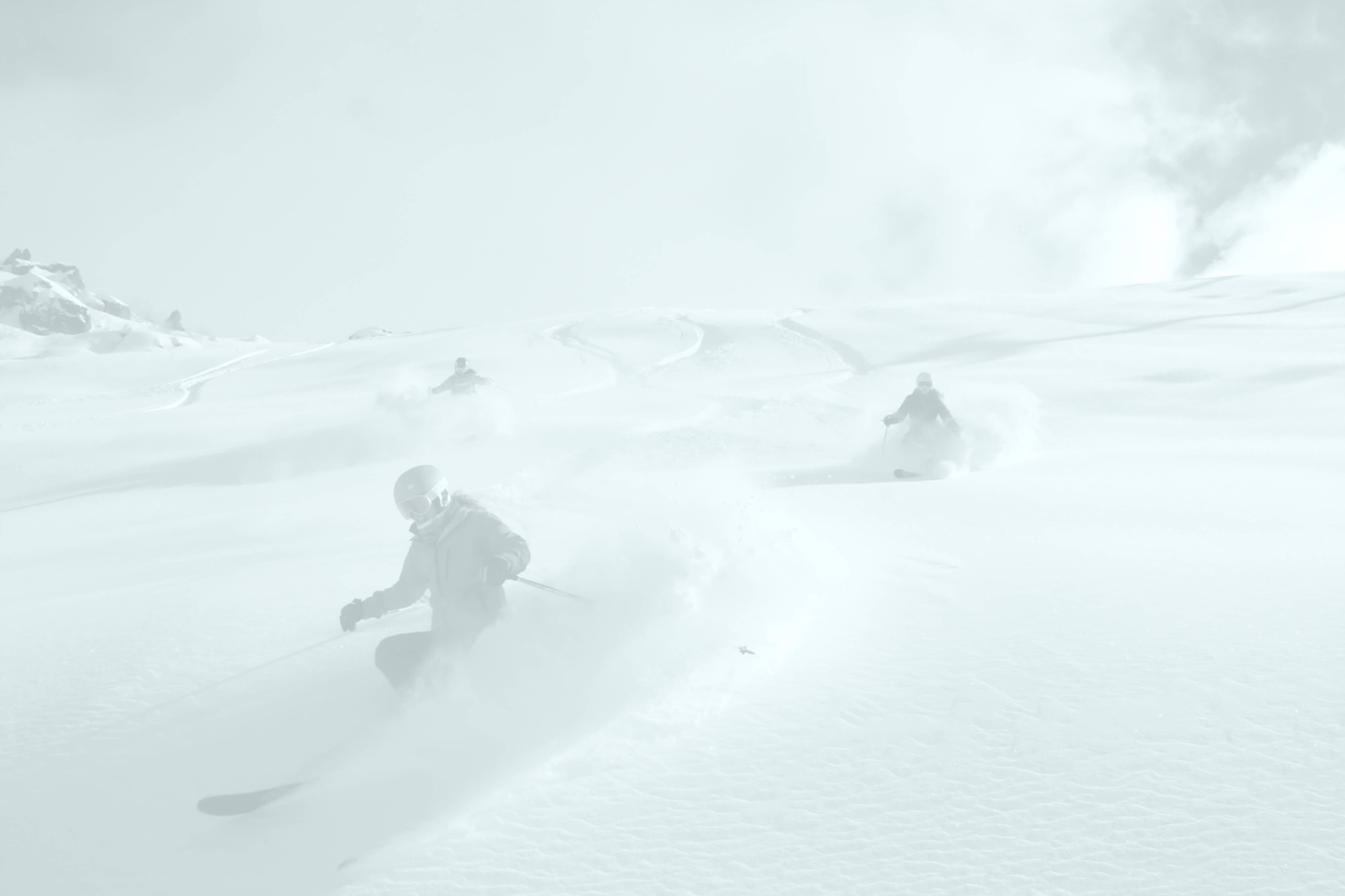
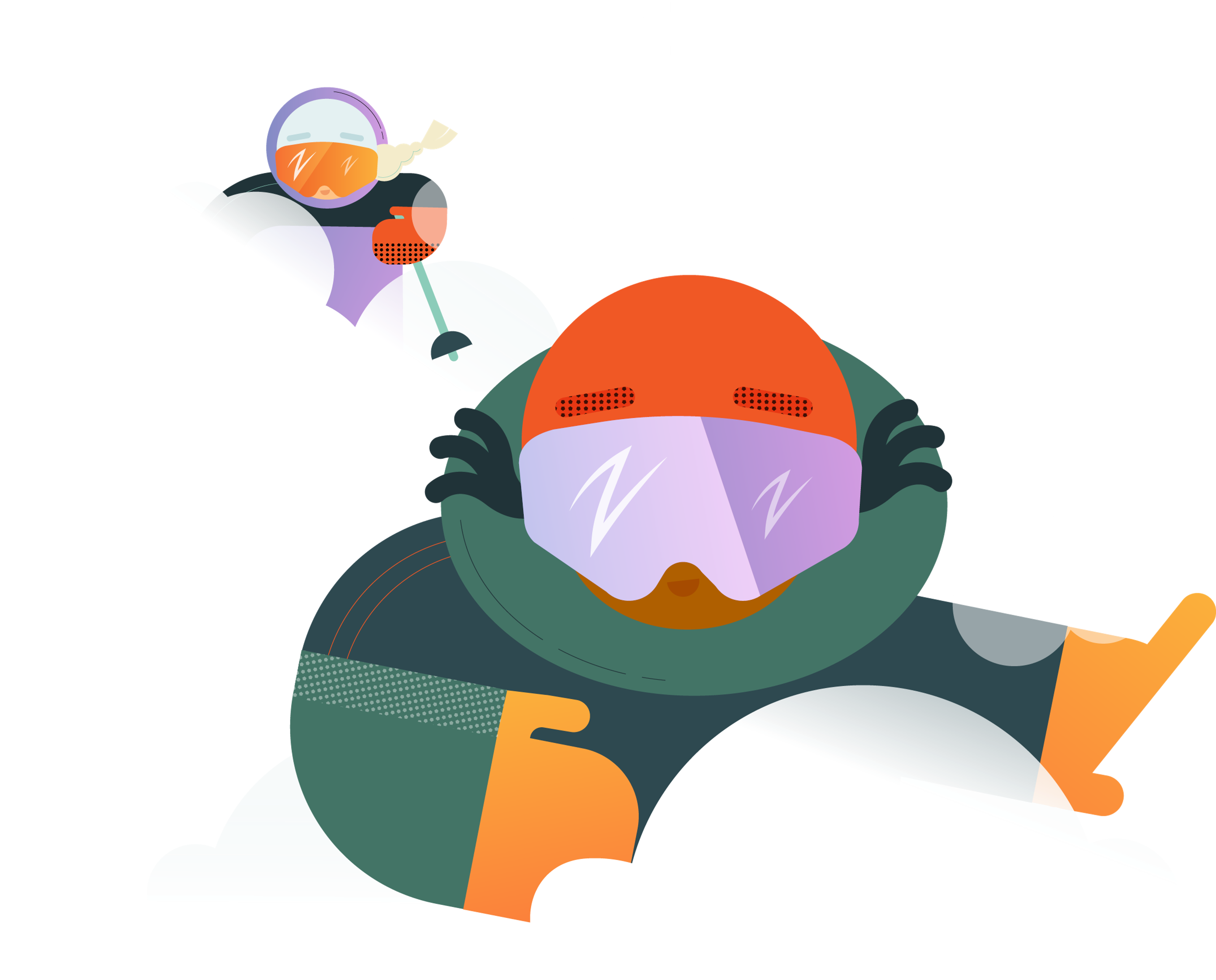
Snow Safety
Closed Areas
Ski Patrols use a variety of techniques and equipment to close trails and glades. For your safety, never enter a closed area.
Changing Snow Conditions
Both natural and man-made. Resorts may use poles, flags, discs, ropes, fencing, signs, and other devices to provide visual warnings. No resort can mark all hazards and obstacles. Be aware of changing conditions.
Out of Bounds
Never leave the ski area boundary, you do so at your own risk. Ski patrol services are only available inside the ski area boundaries.
Be Prepared - Check out the trail report at the Central Information Board
Check out the trail report at the ski area when you arrive.
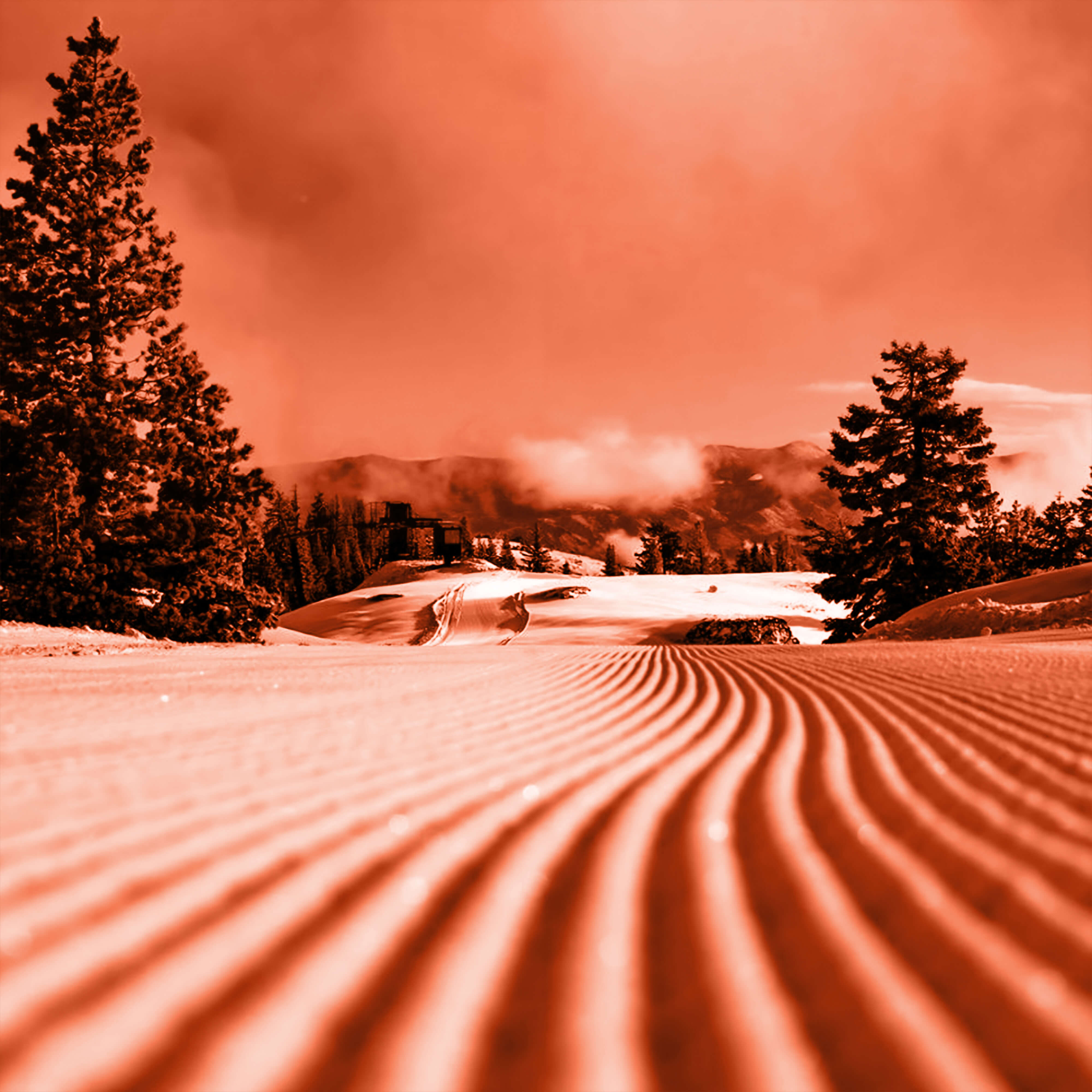
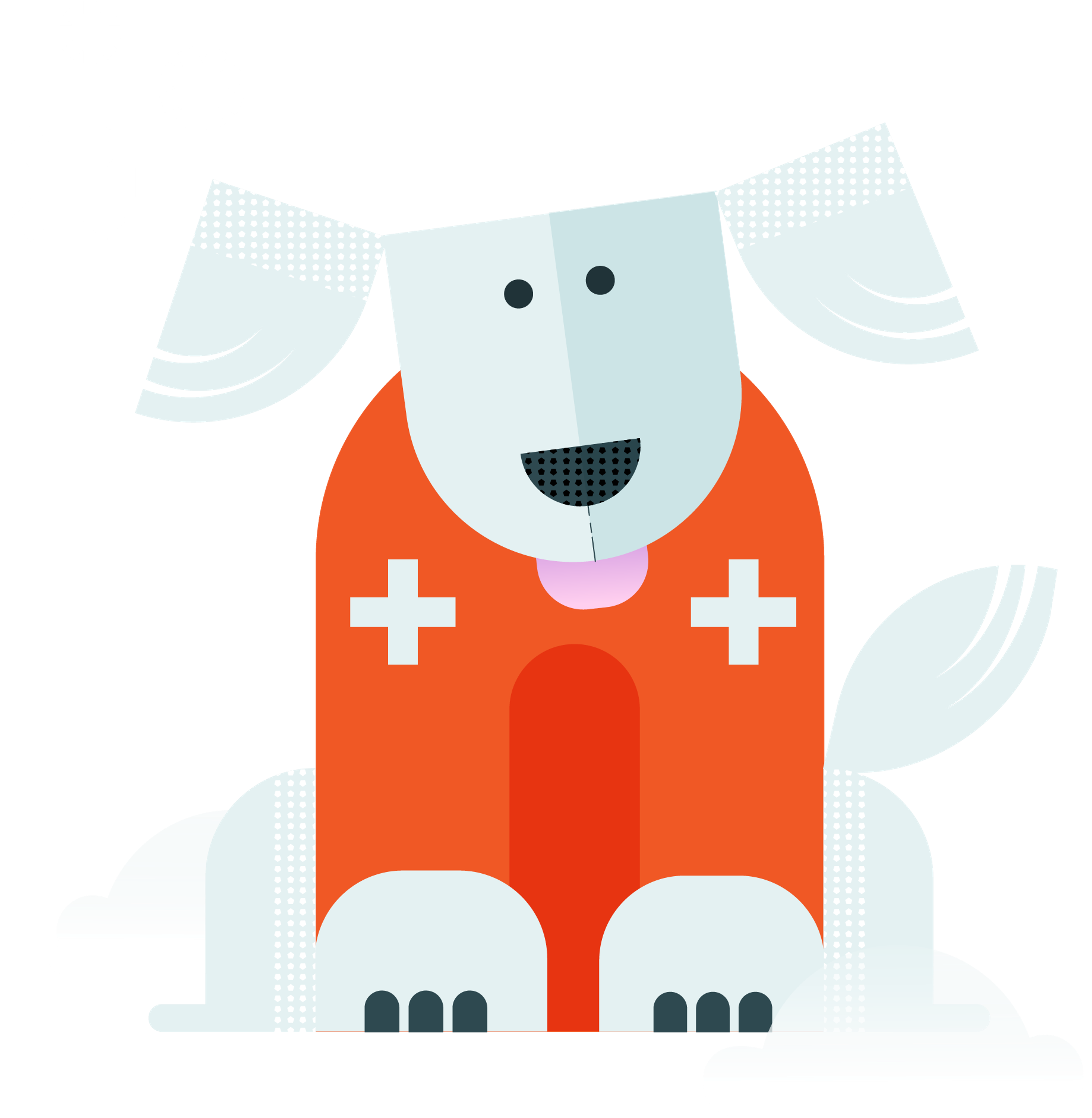
Commit To Safety
When it comes to safety, we are all in this together. Our Commitment to Safety helps us prepare and operate the mountain for your enjoyment. Your Responsibility Code helps you understand the rules you must follow to enjoy a safe day on the slopes.
It's the Law
Learn more about New York State Ski Law at
www.iskiny.com/ski-ride/nys-ski-code
Our Partners in Safety
imkiing and riding in New York, go to www.iskiny.com

